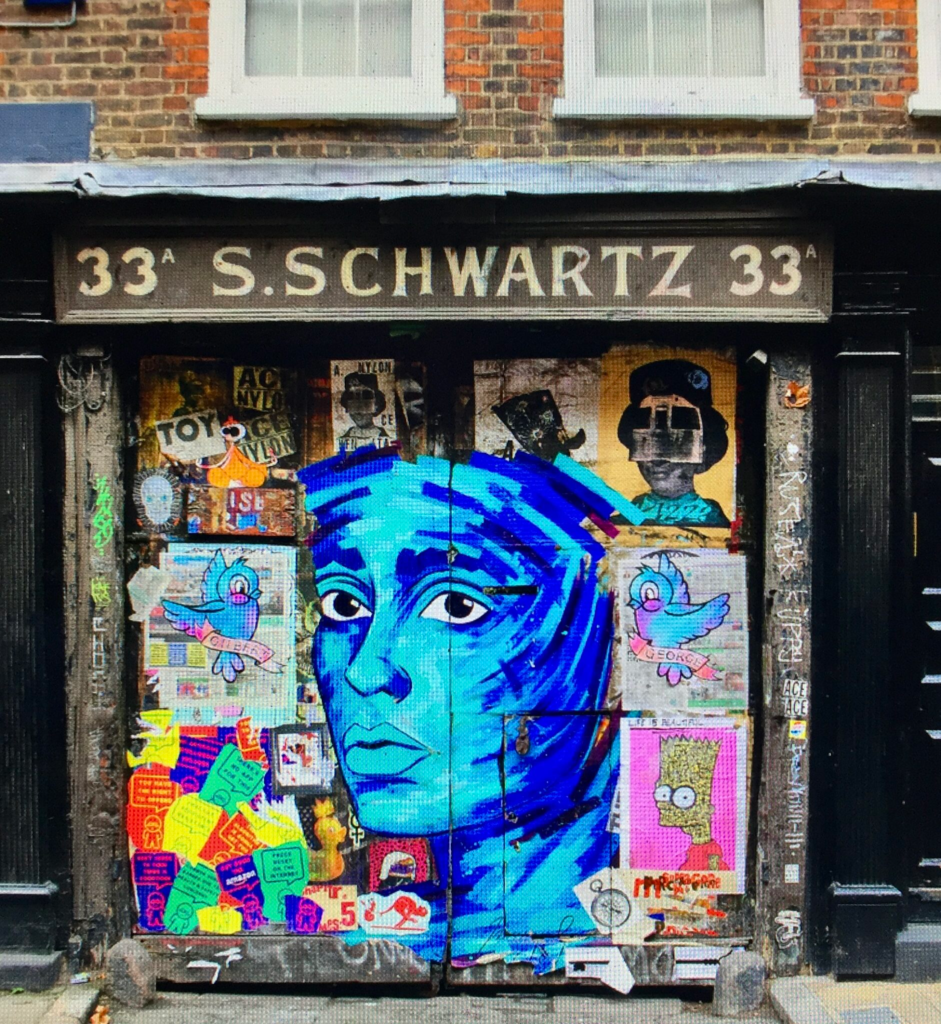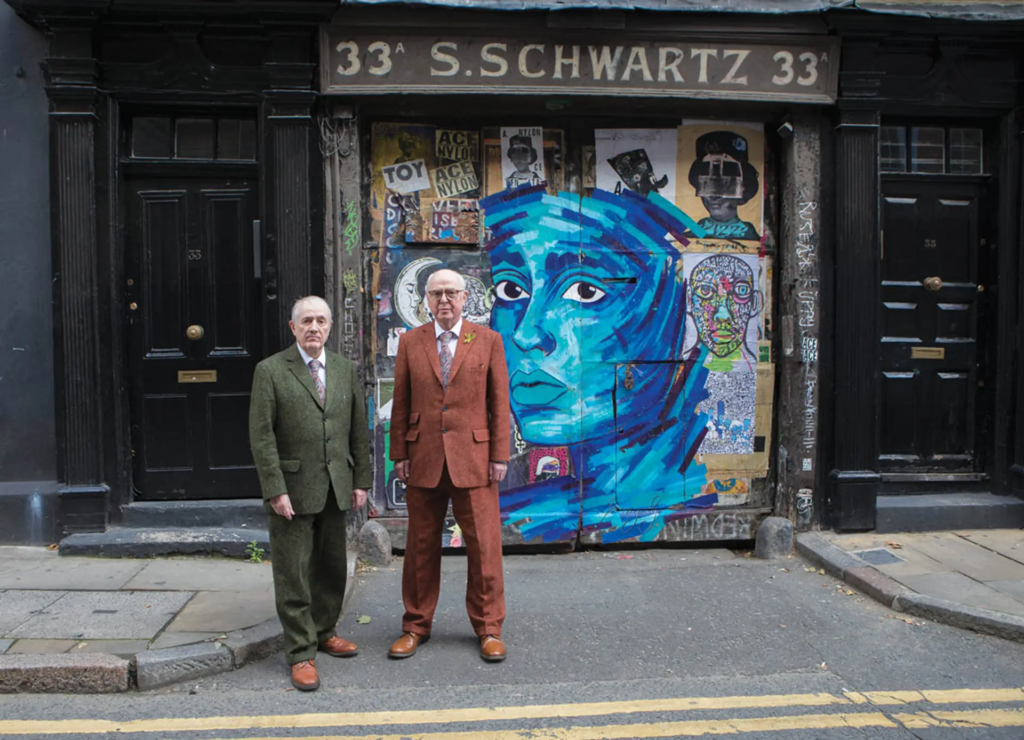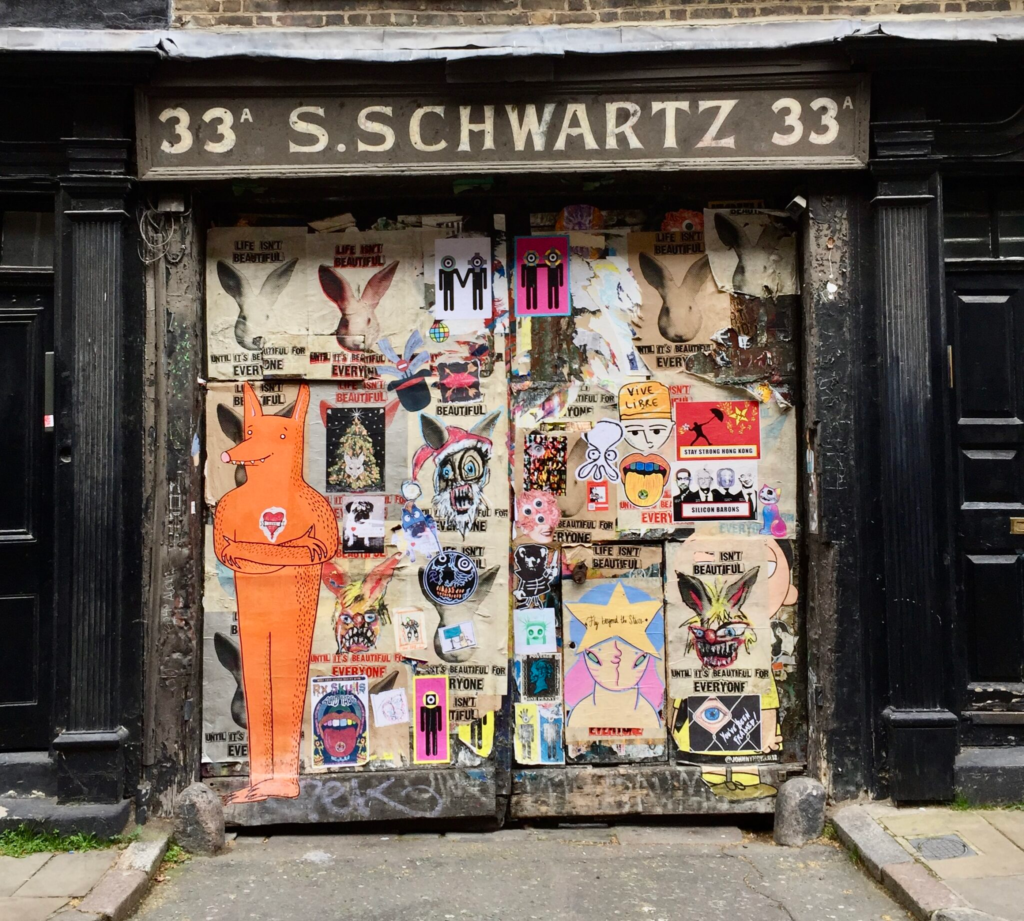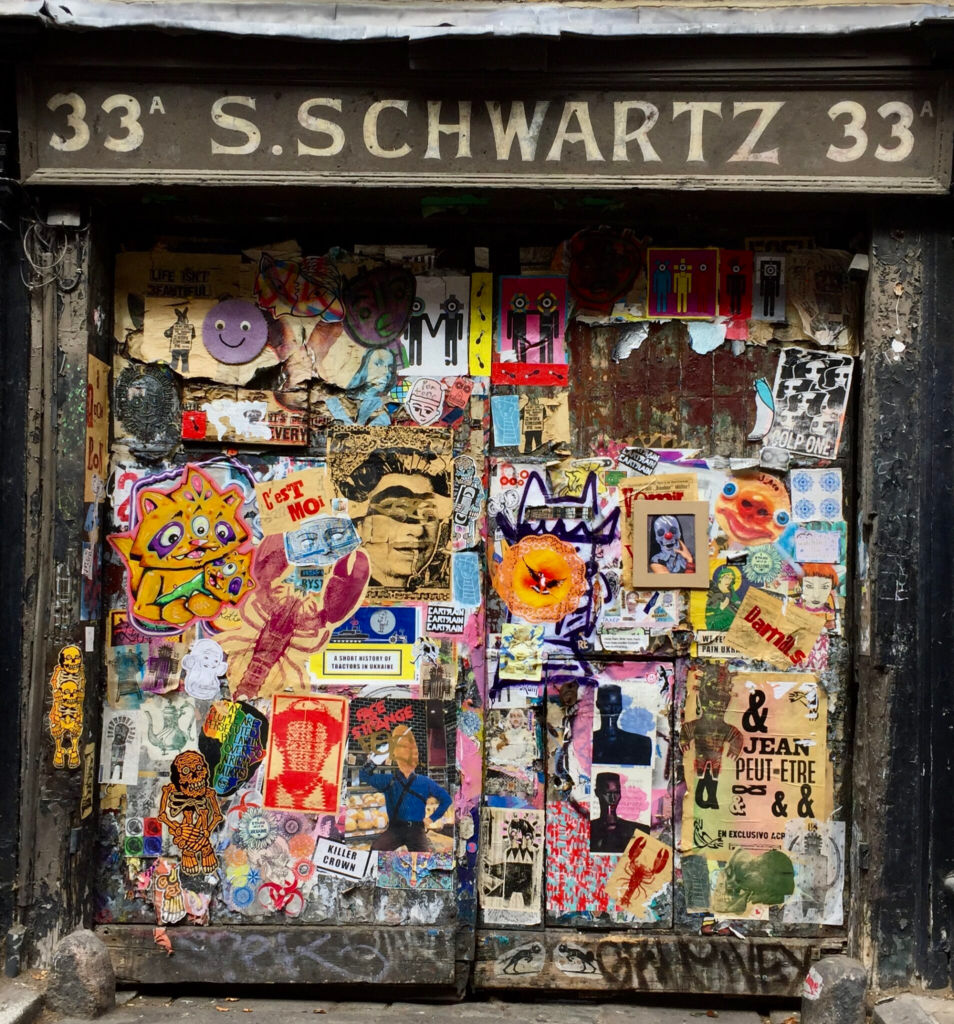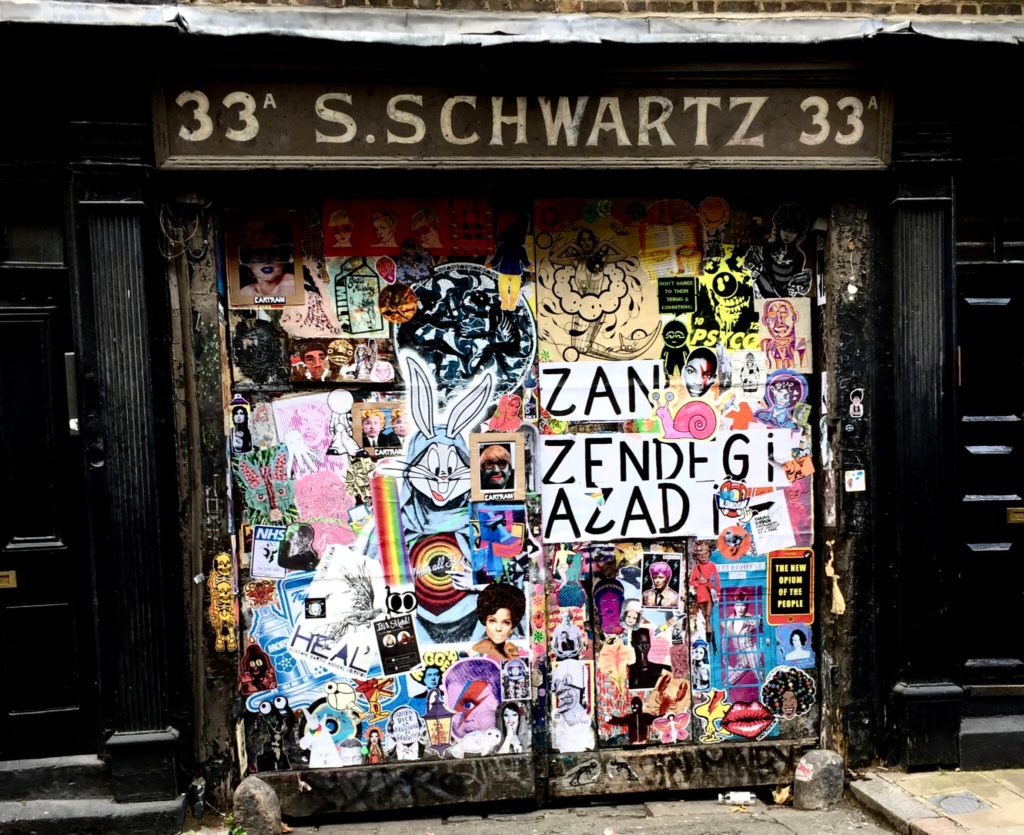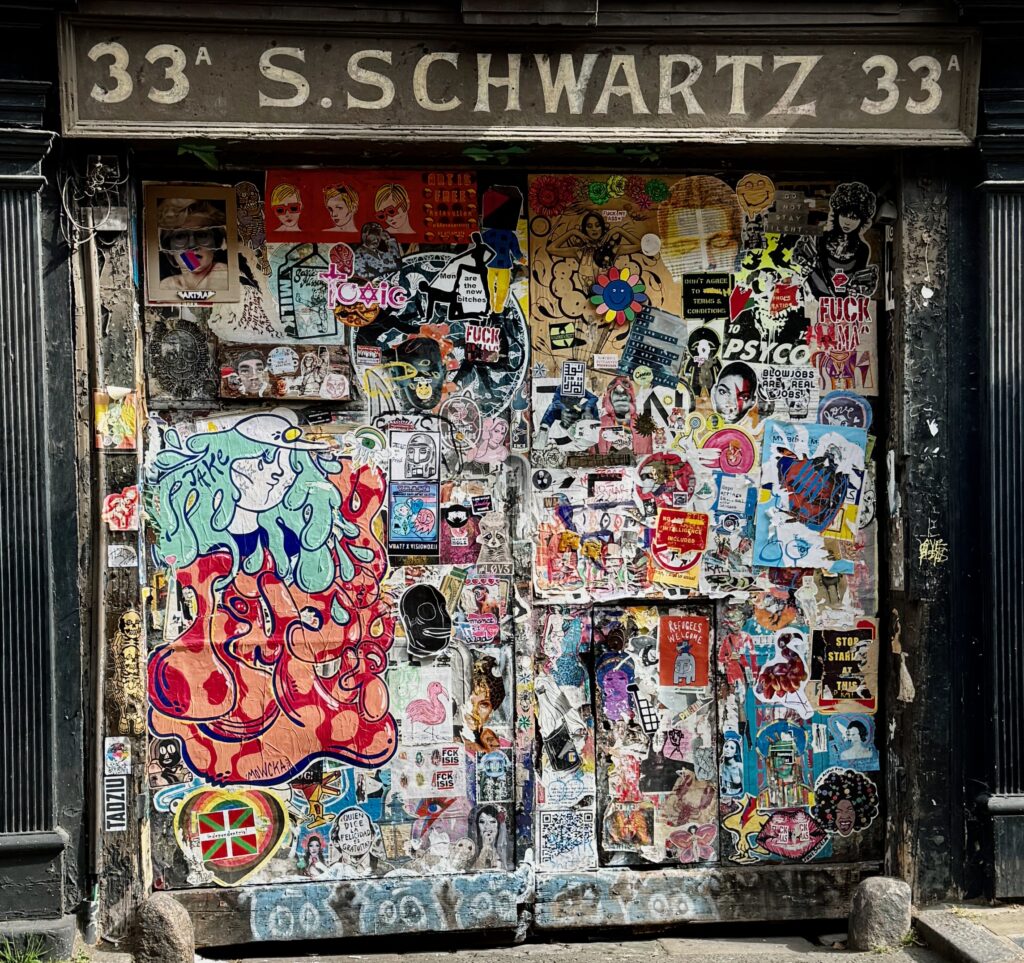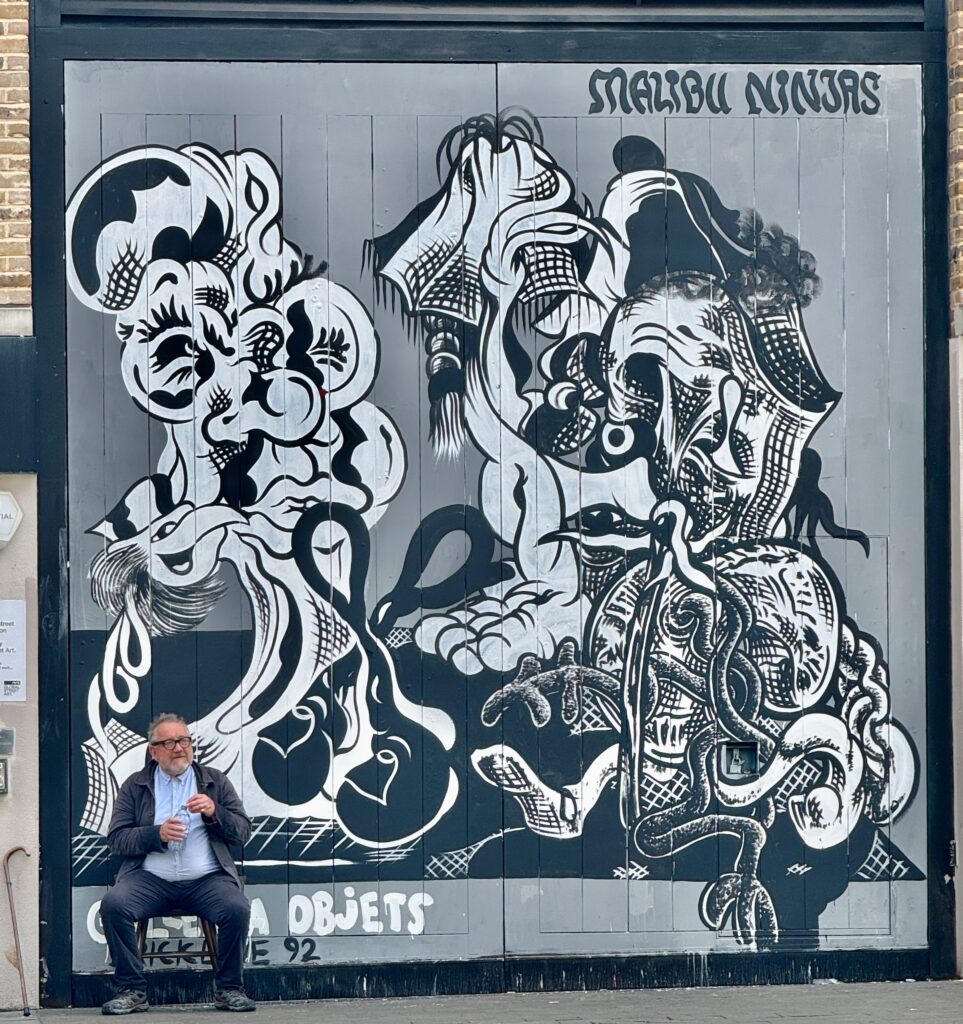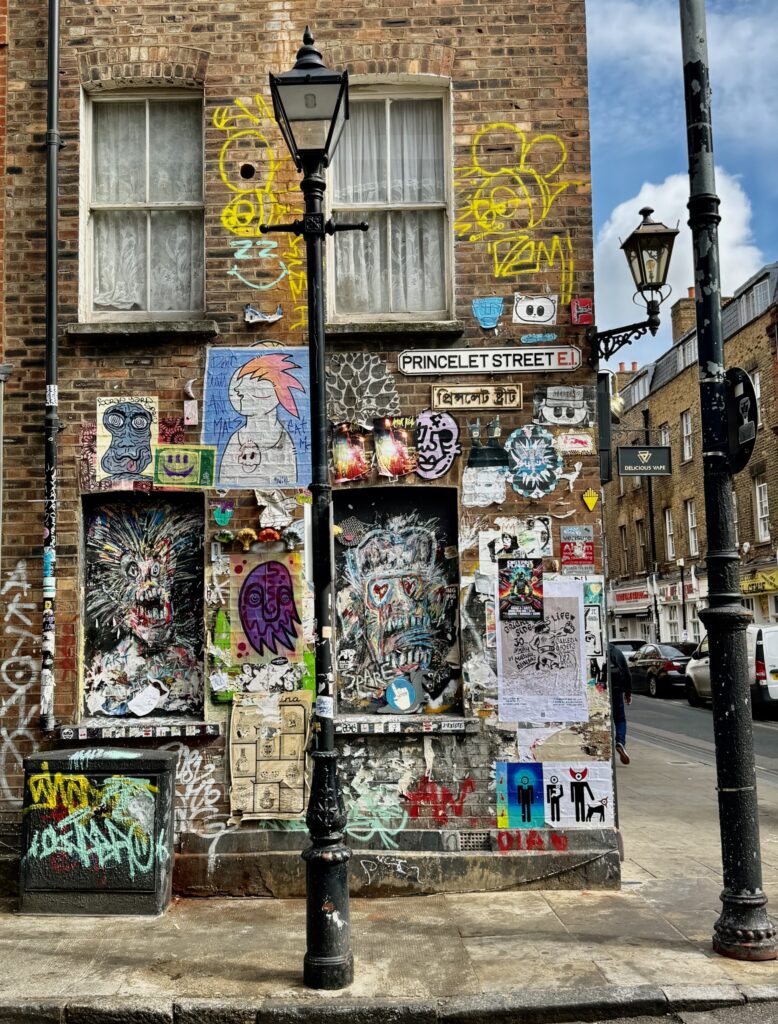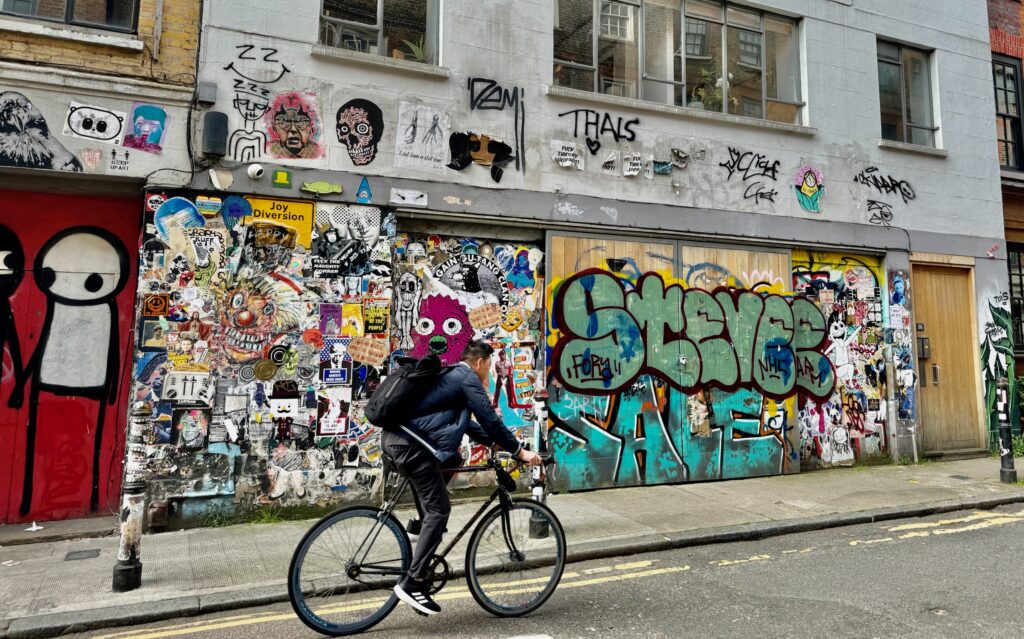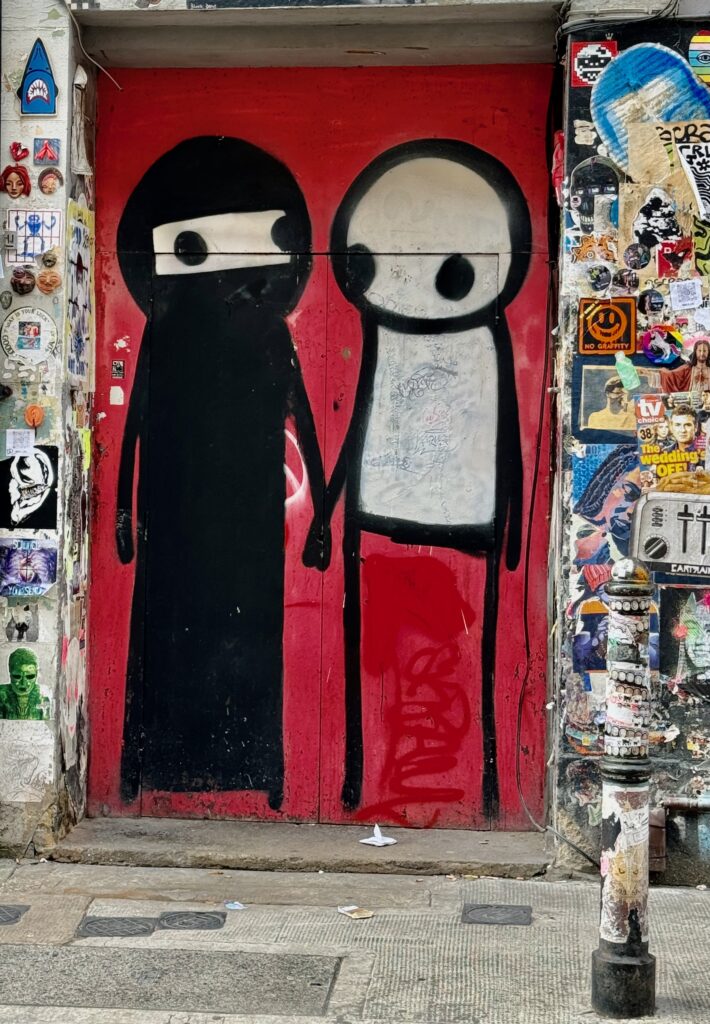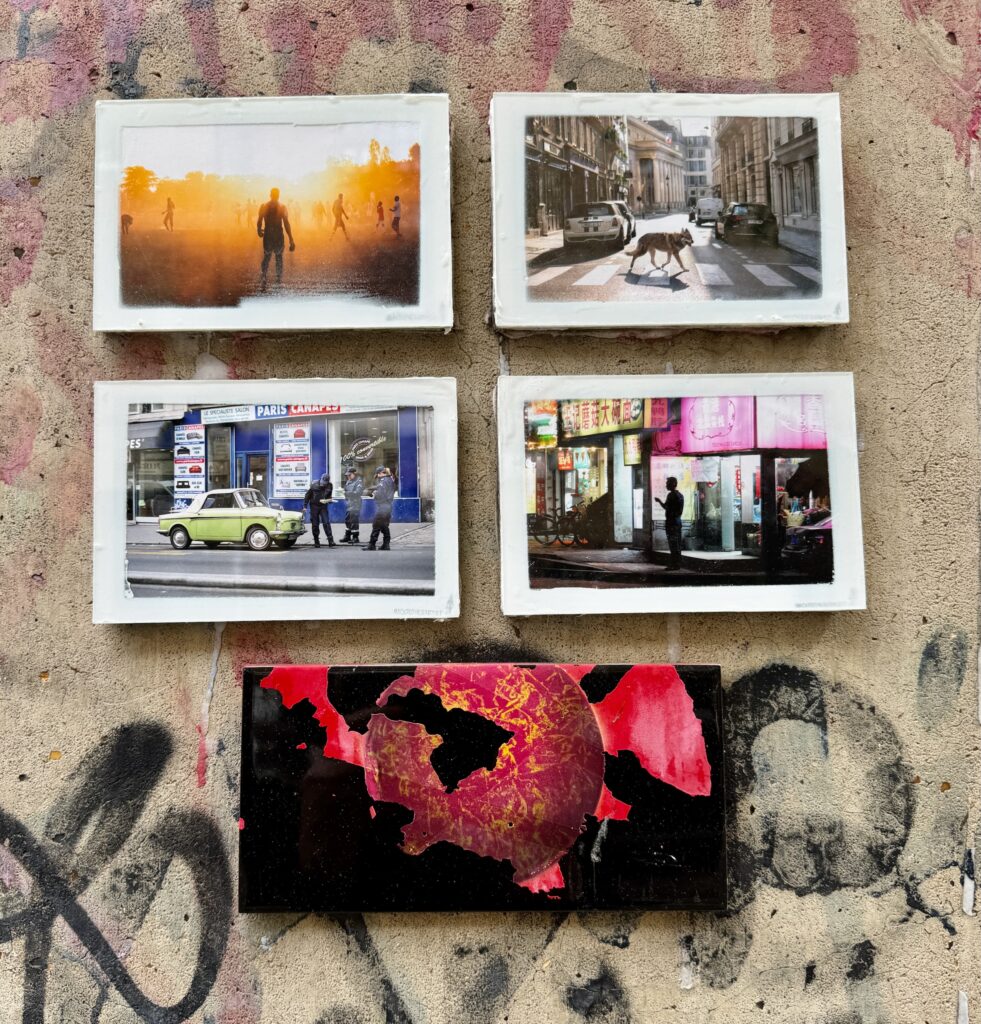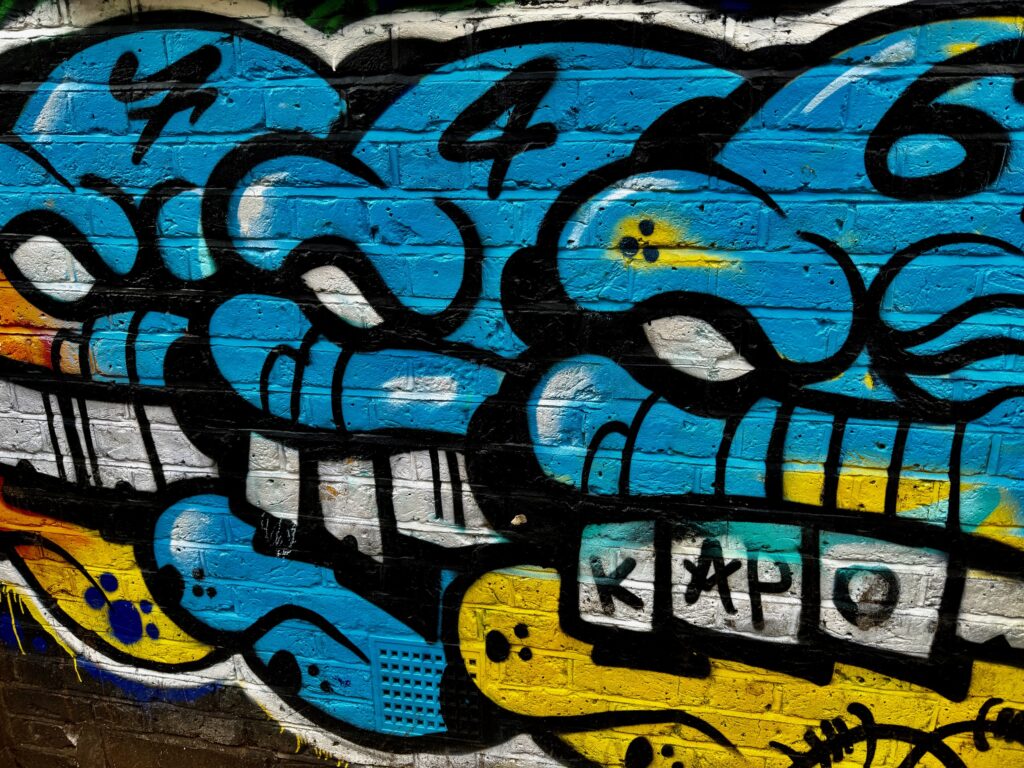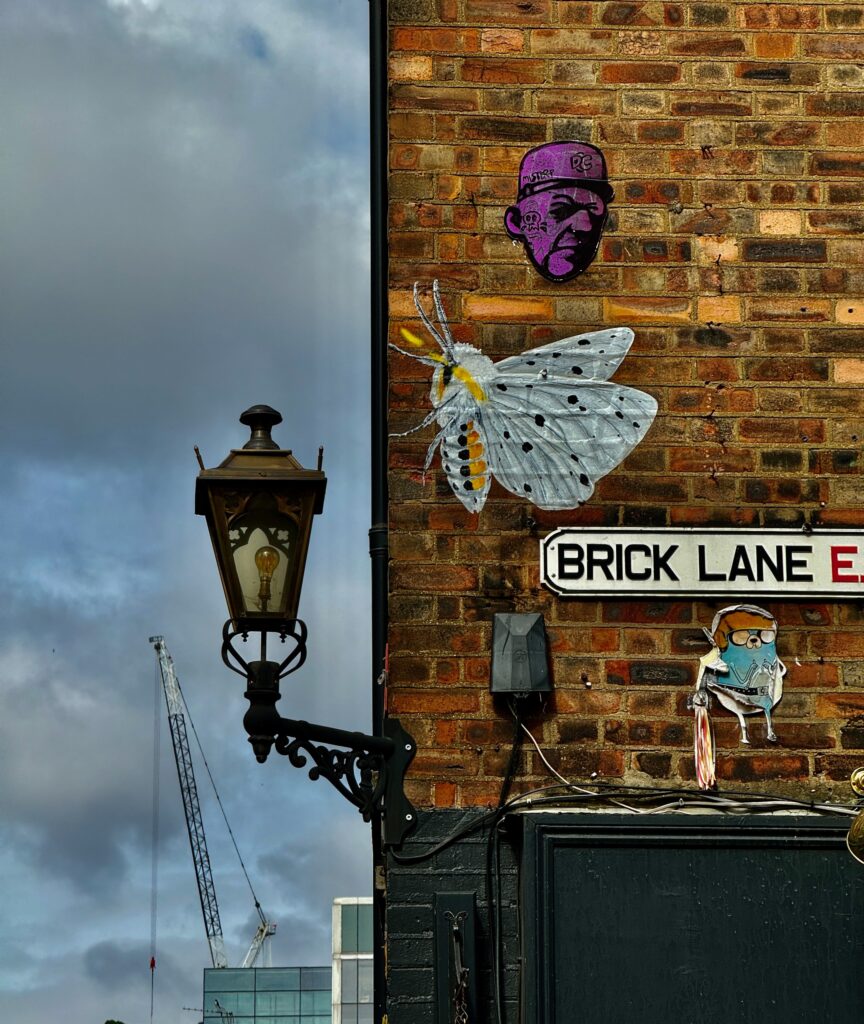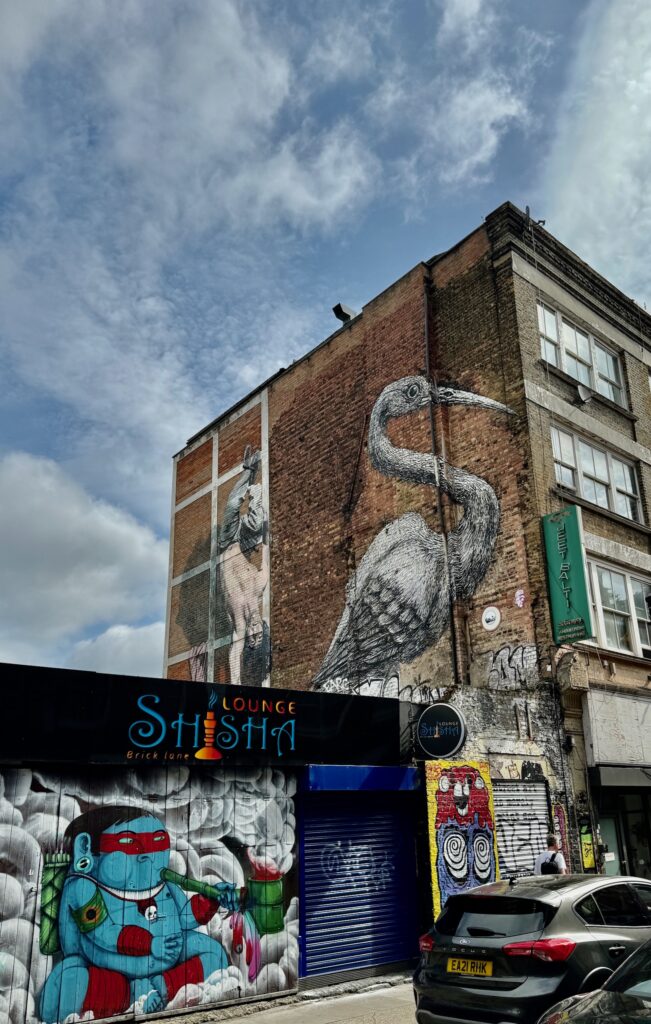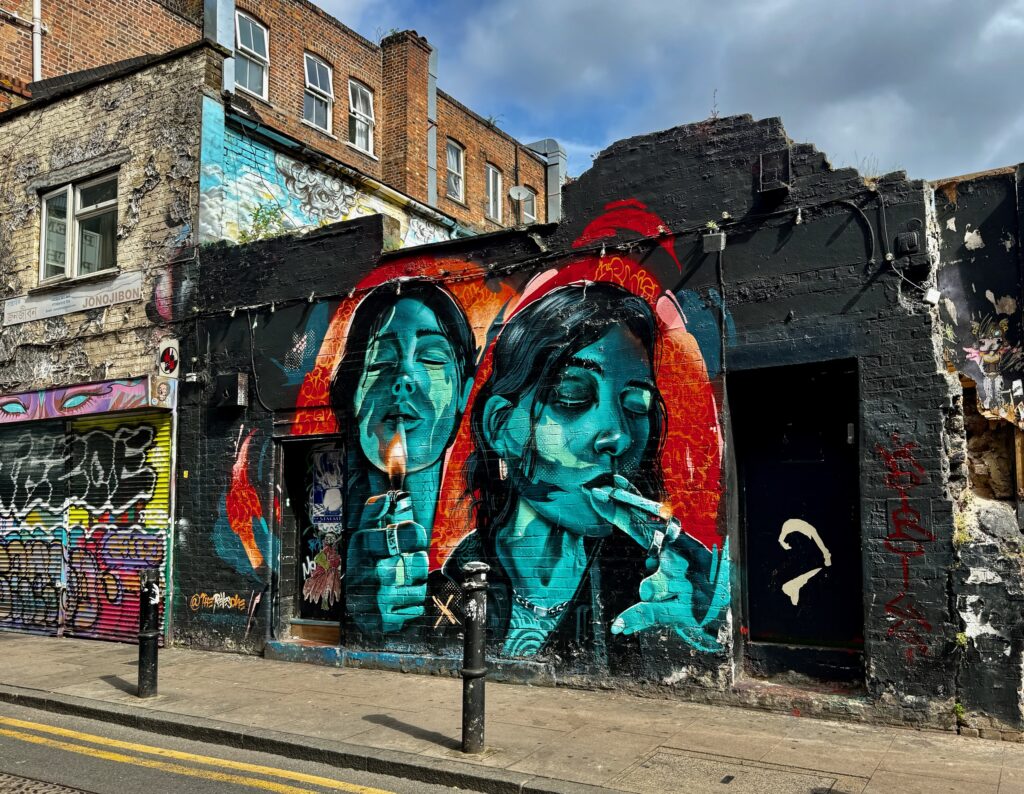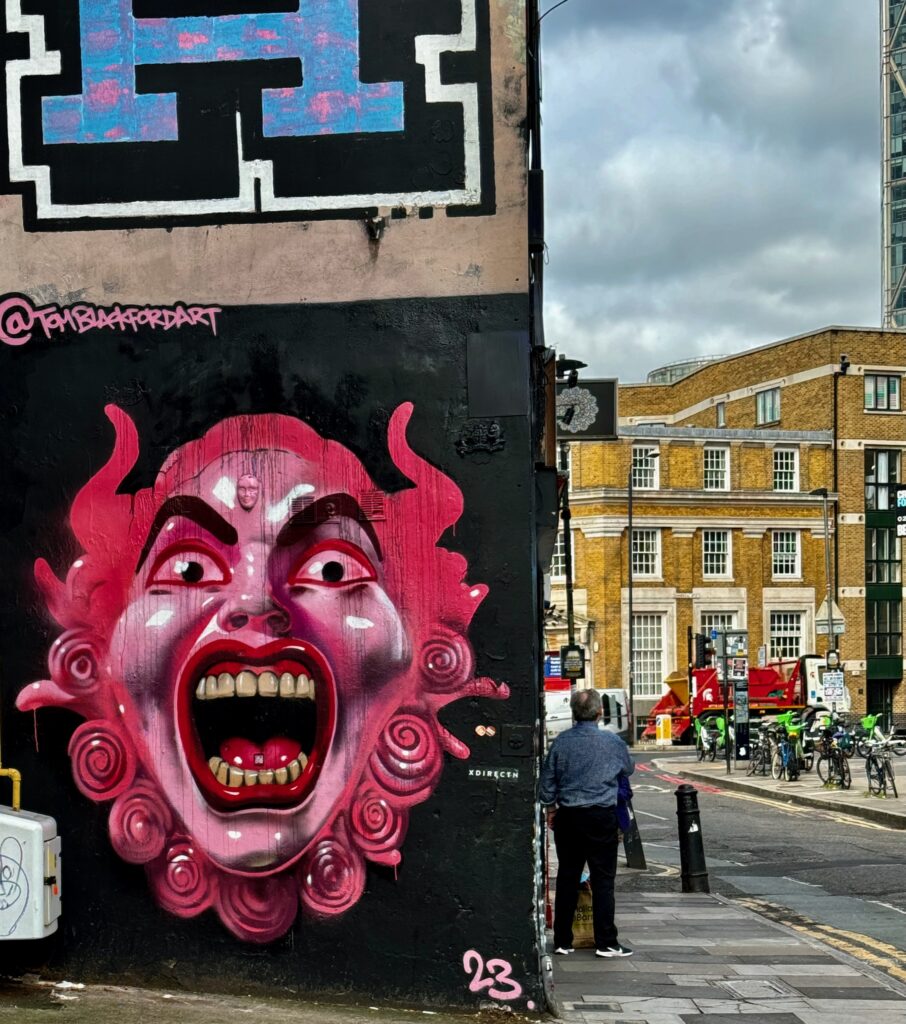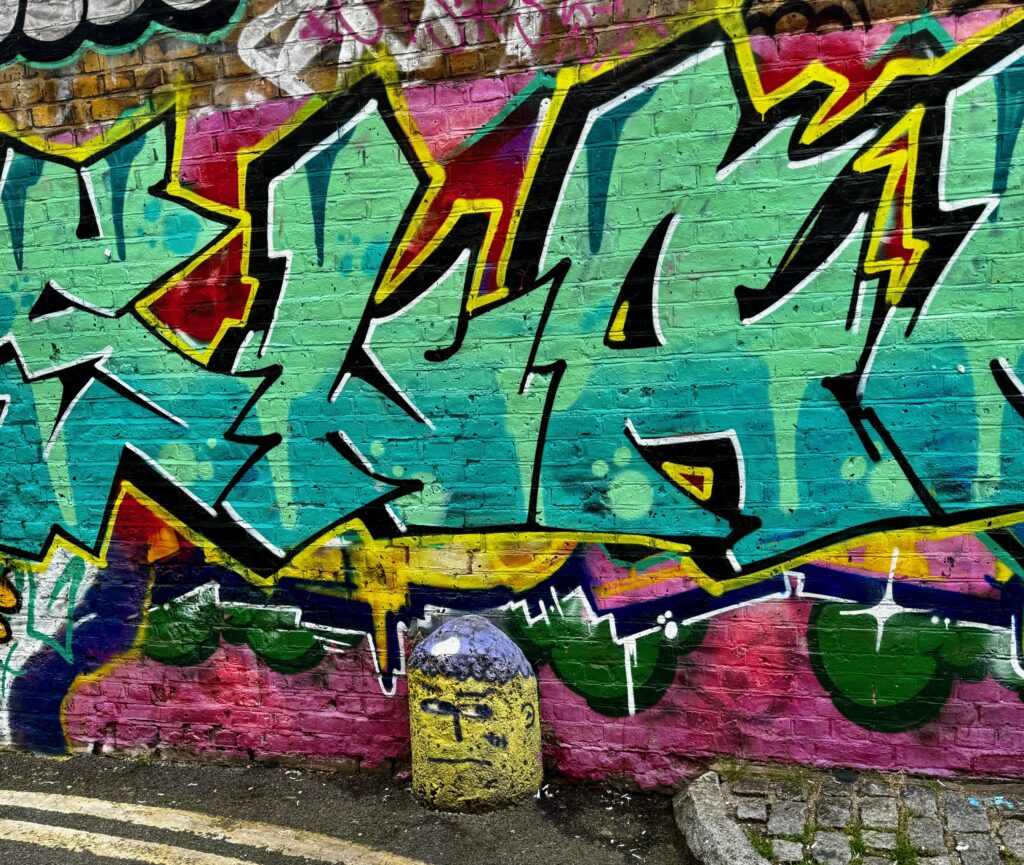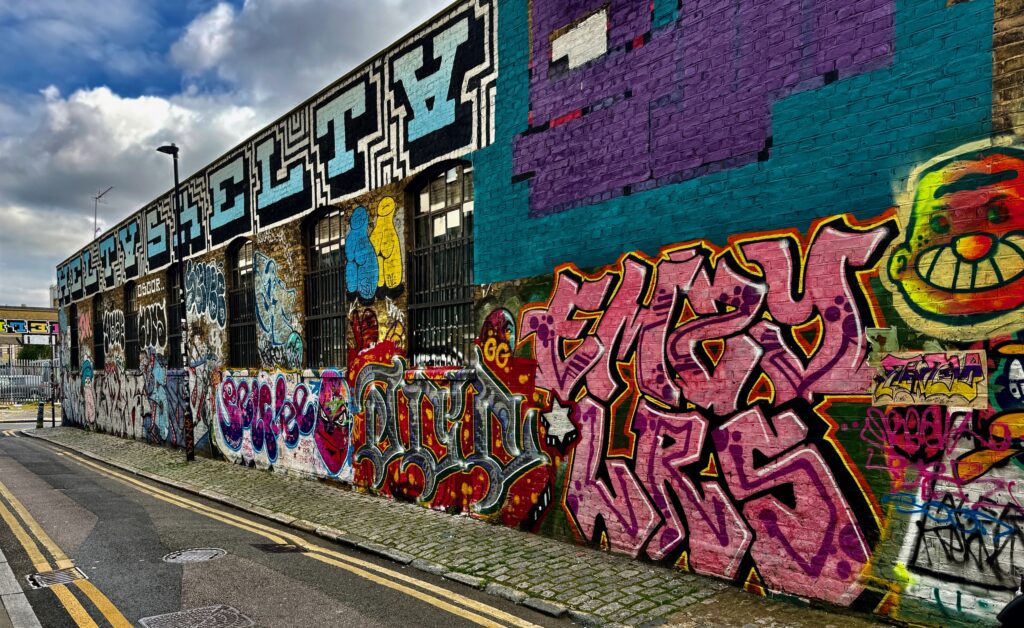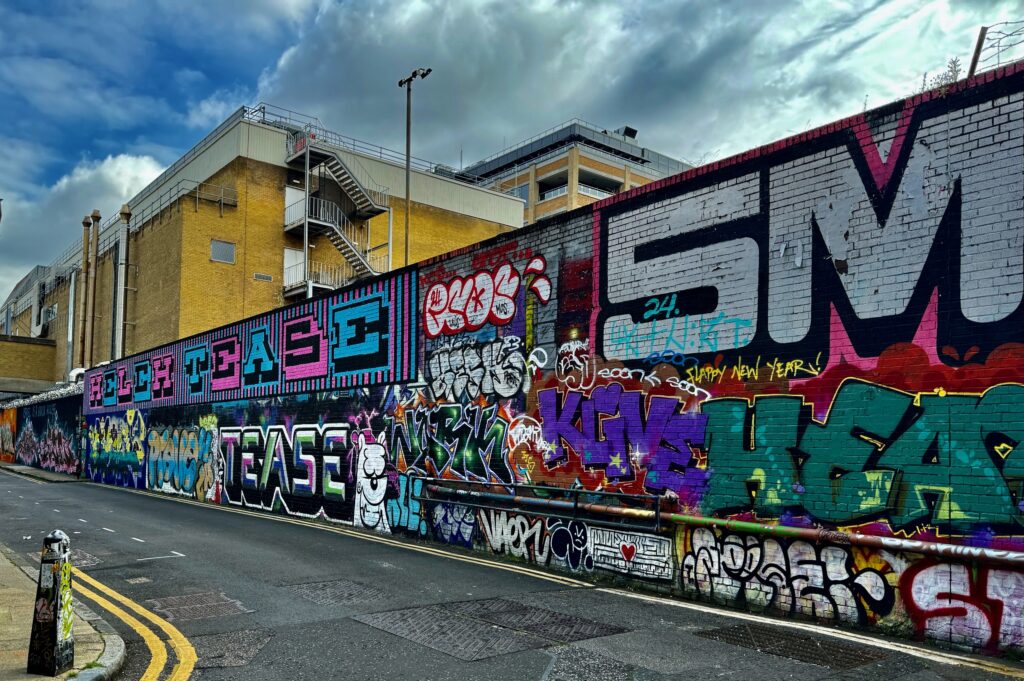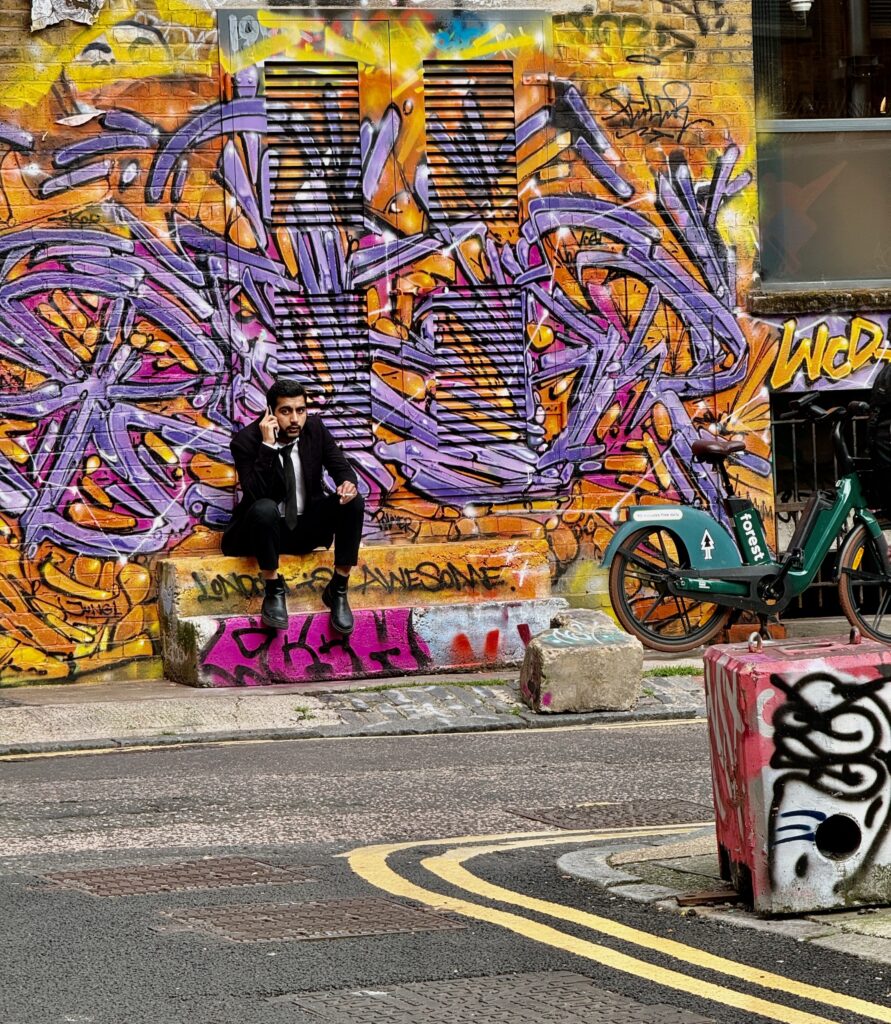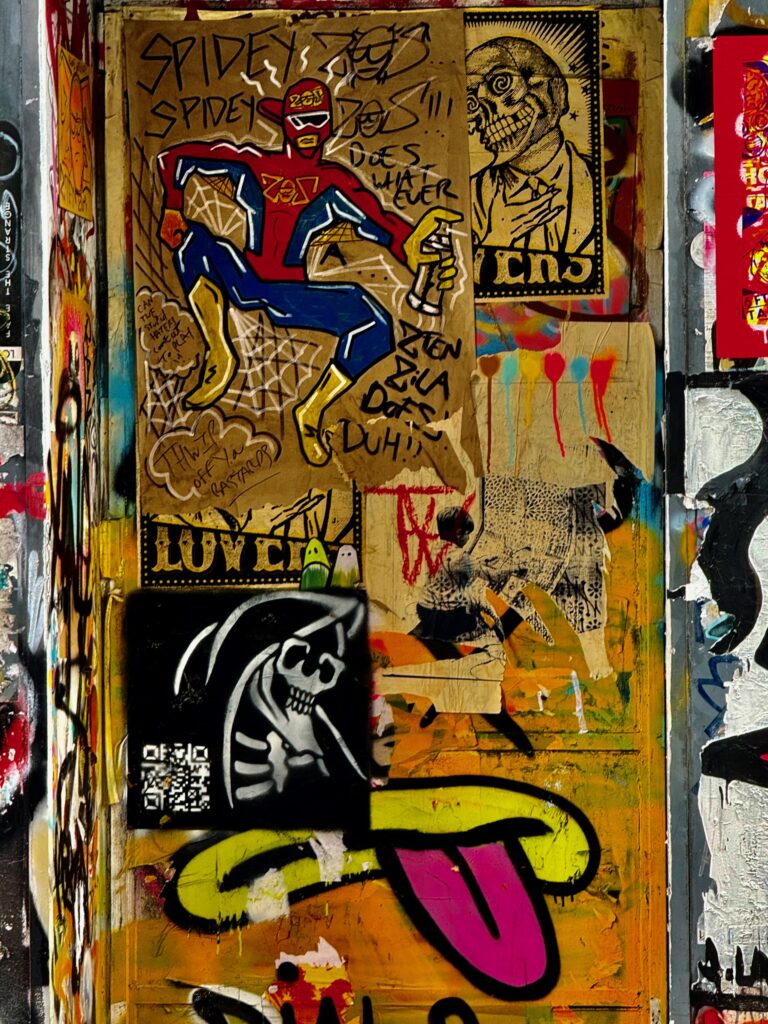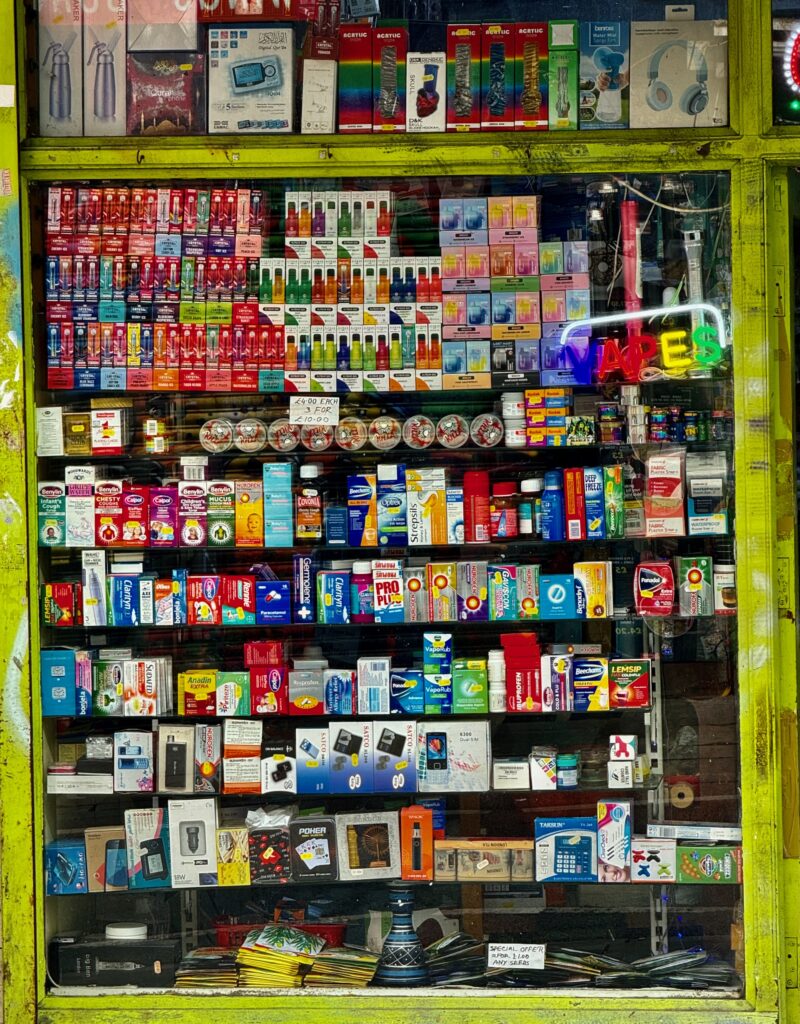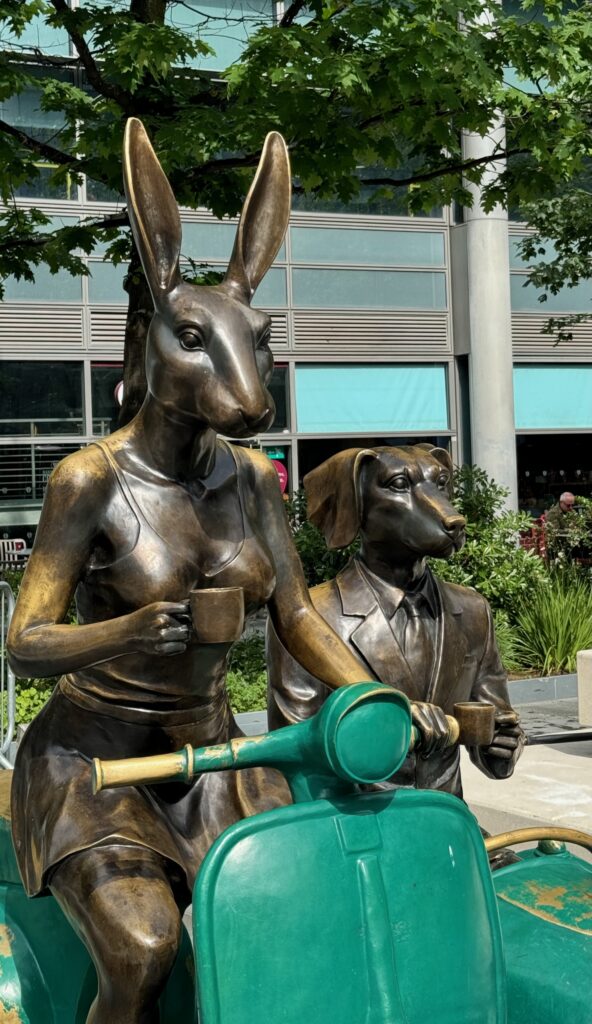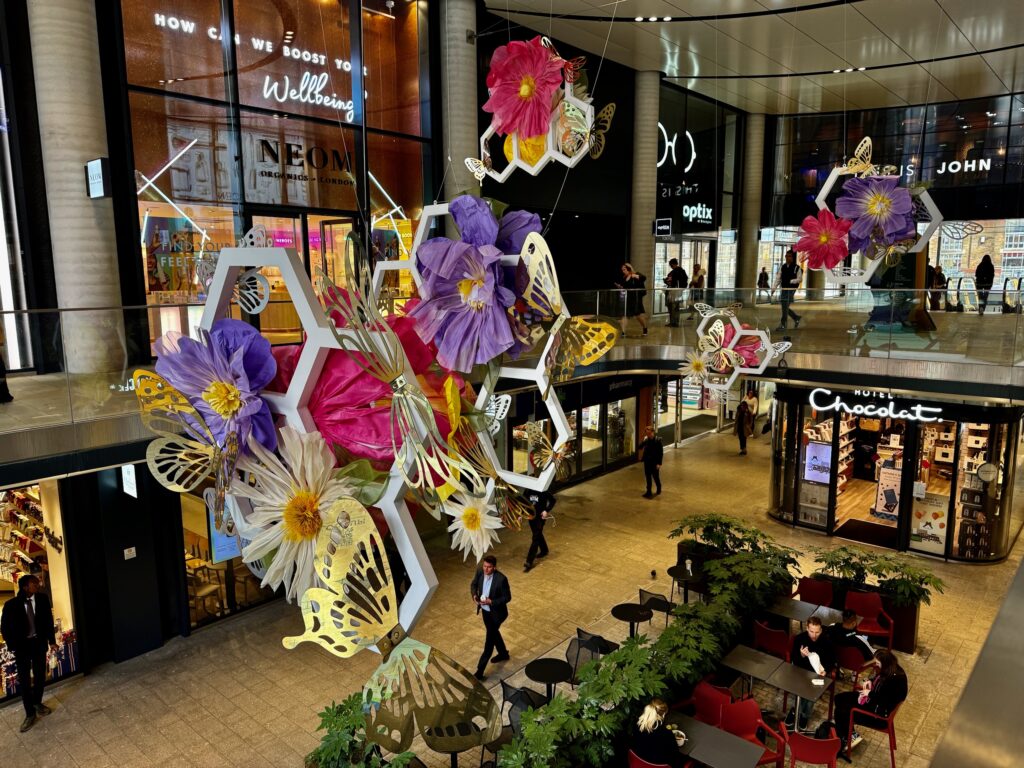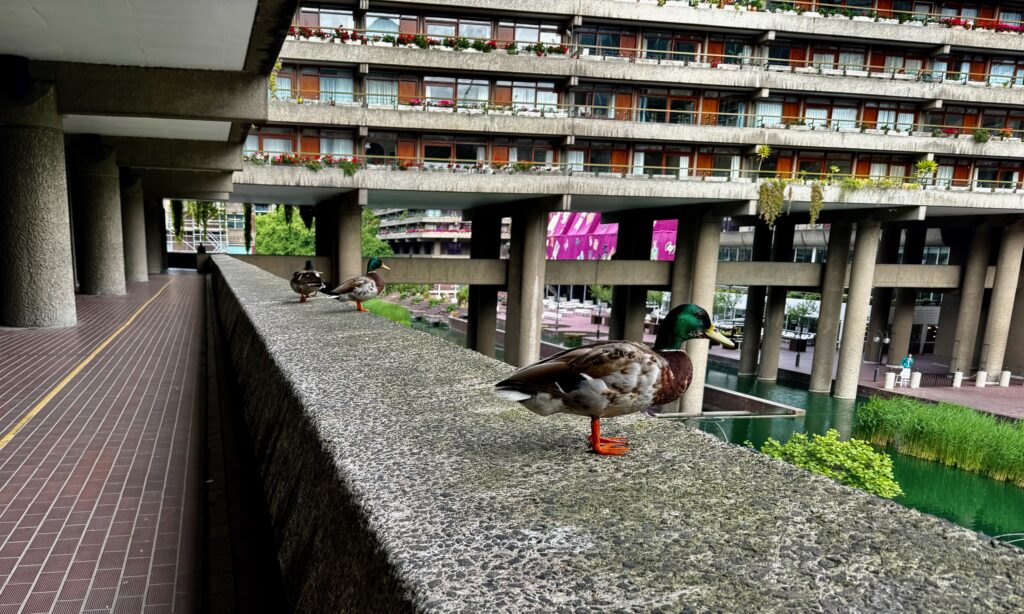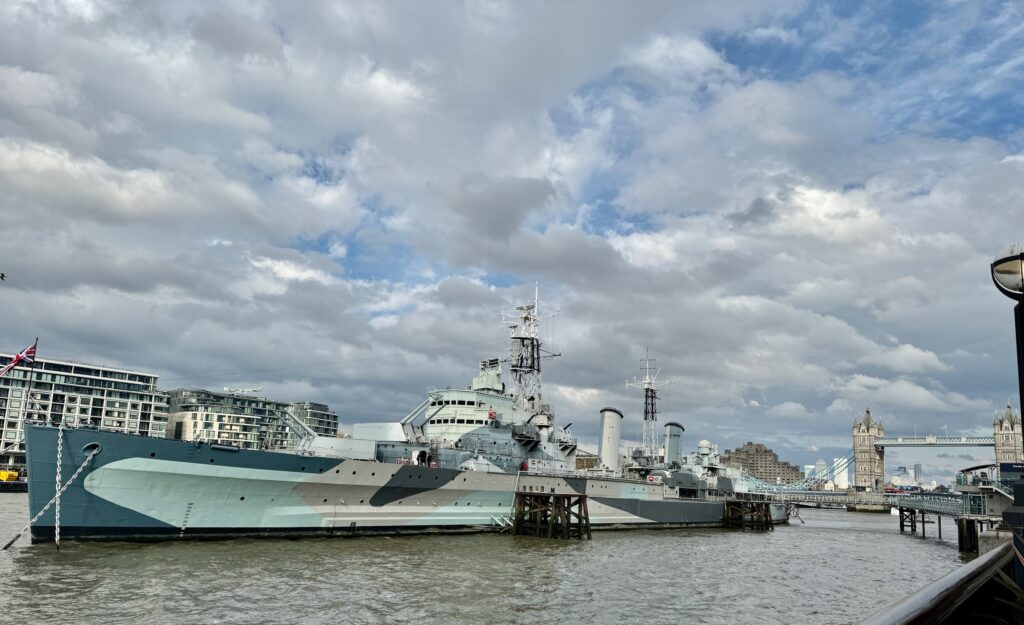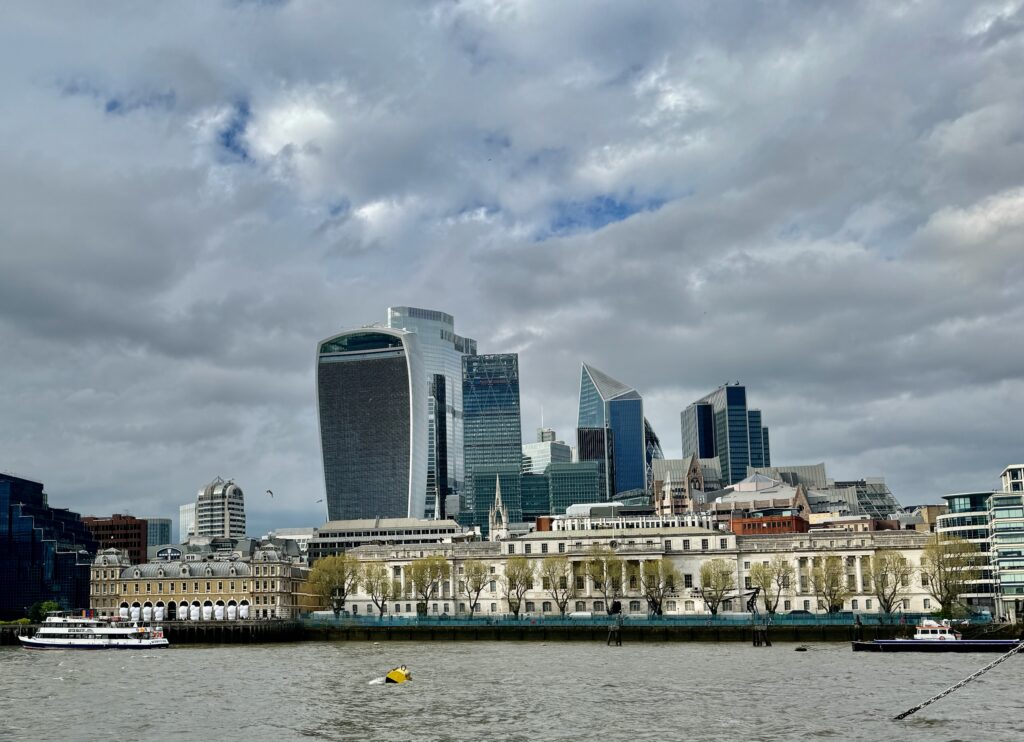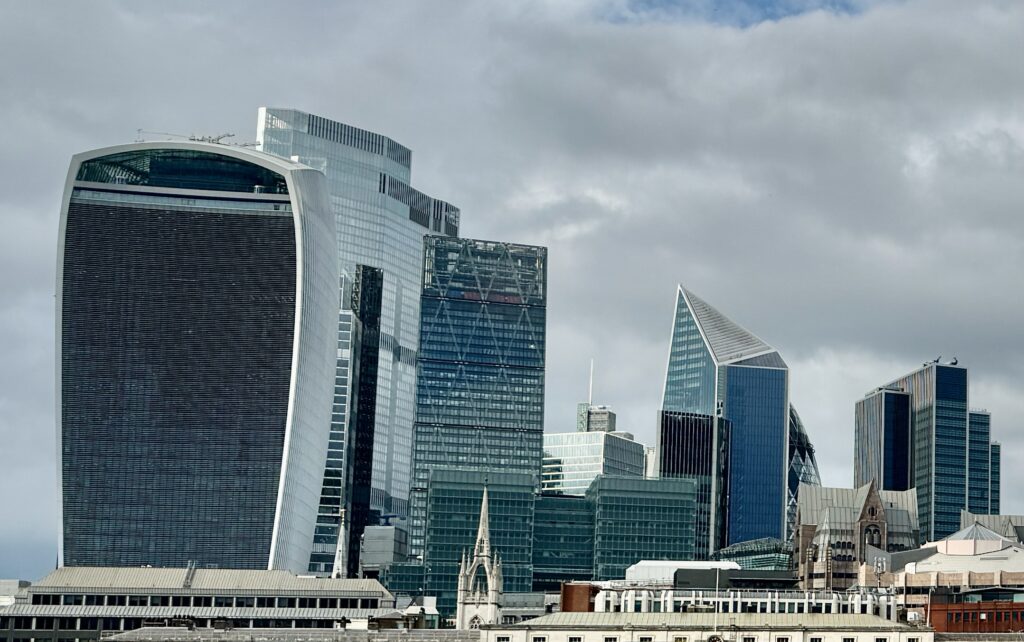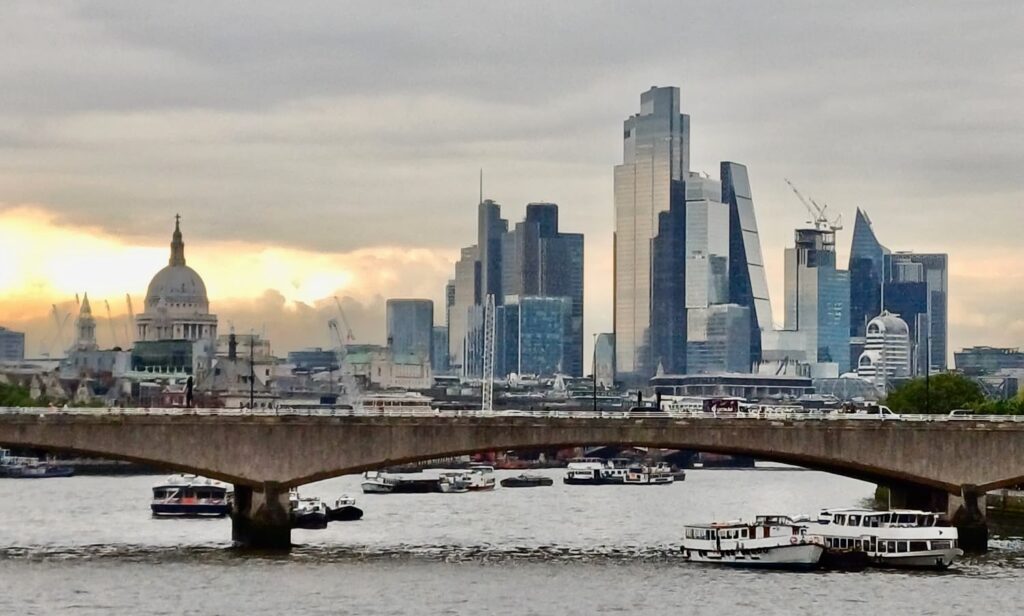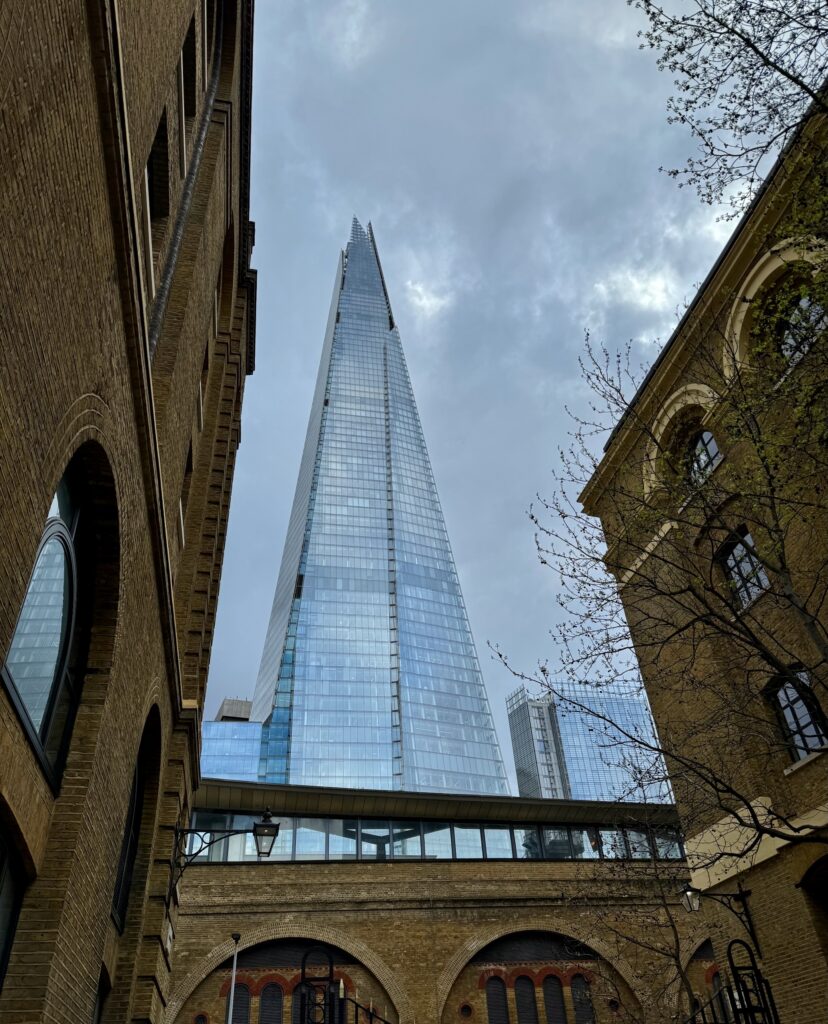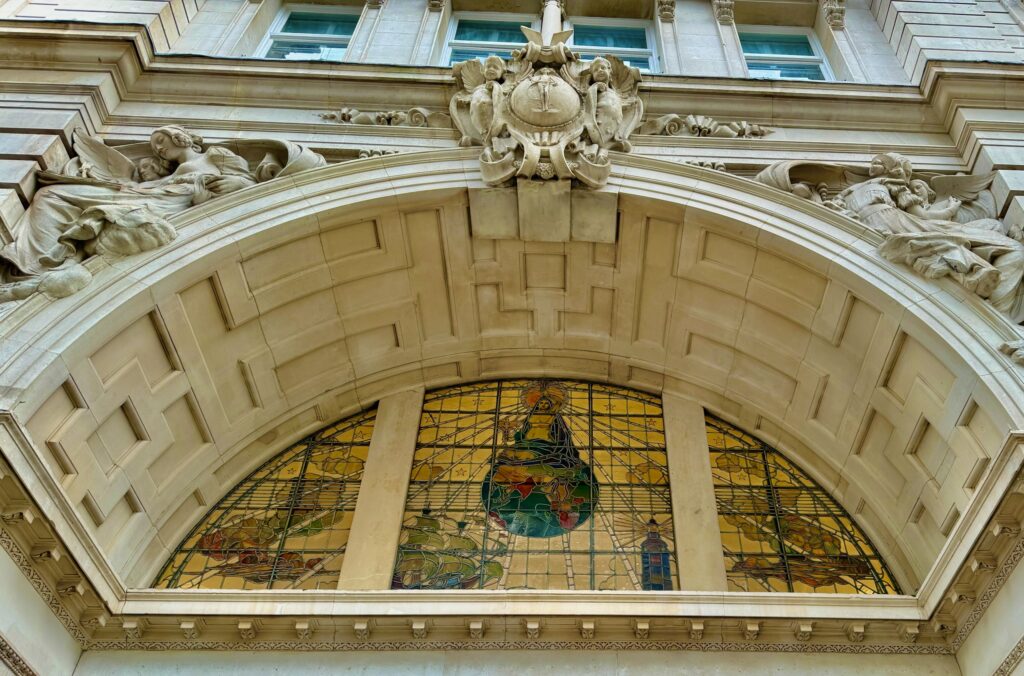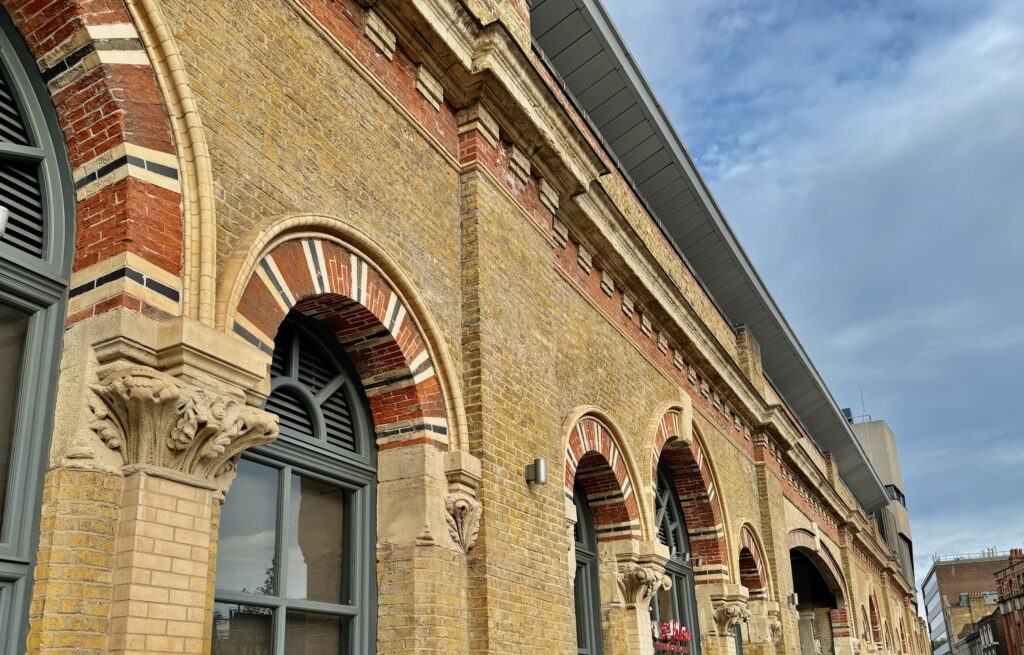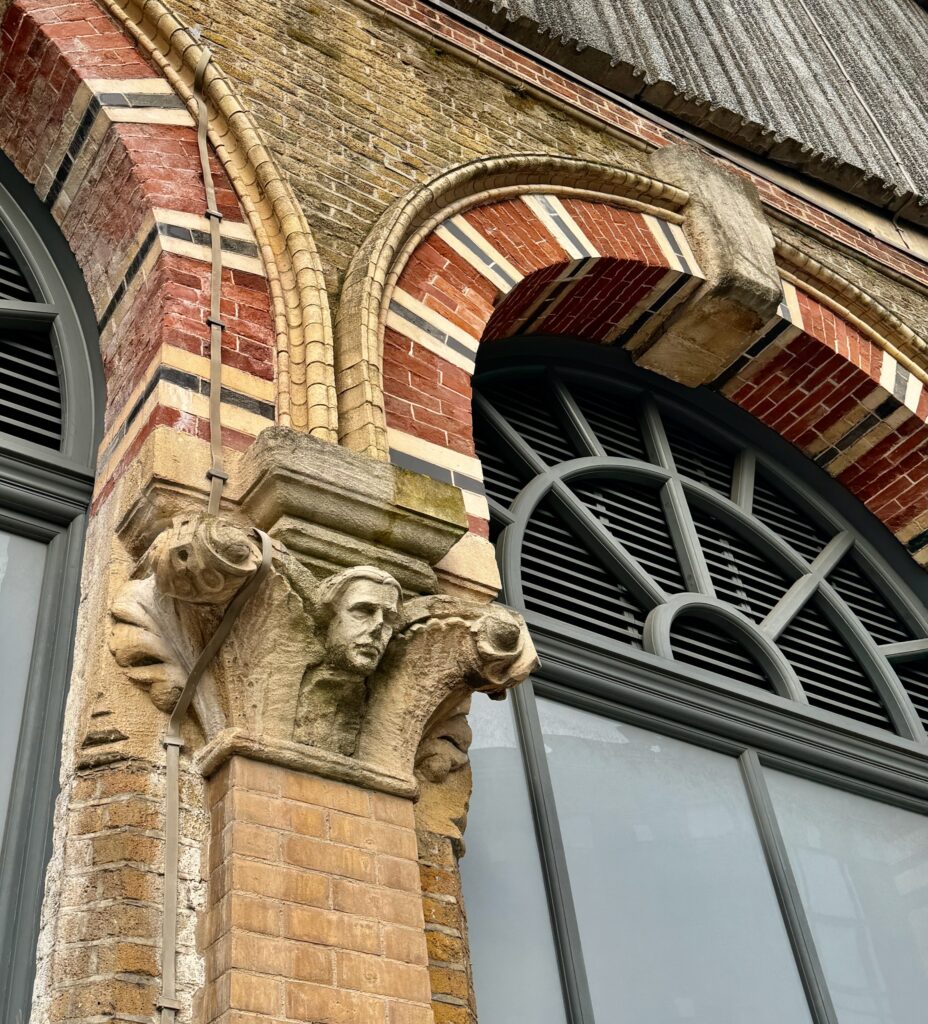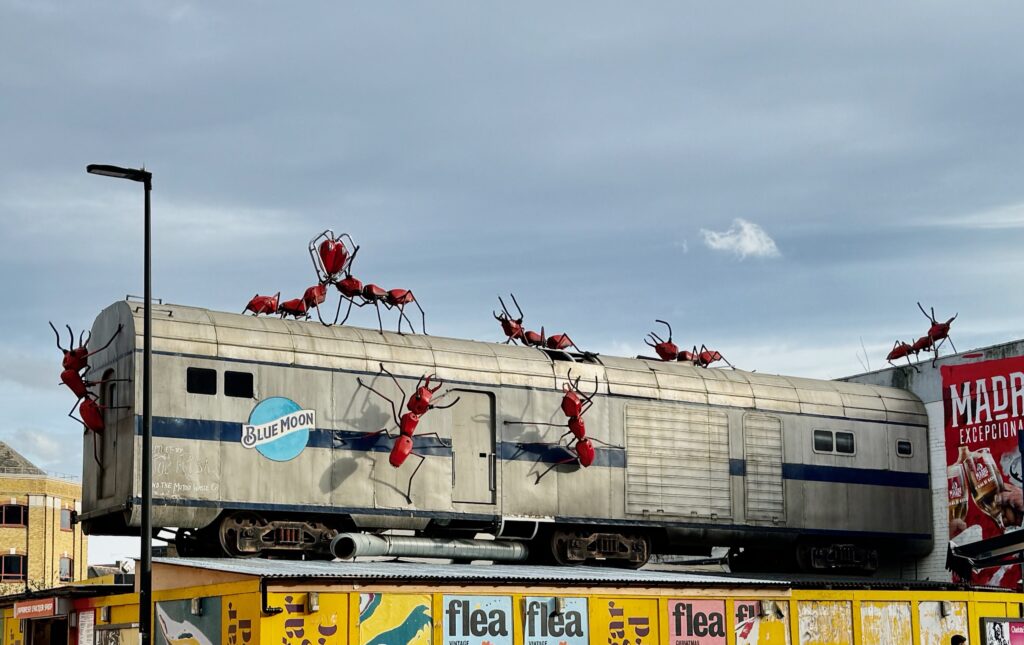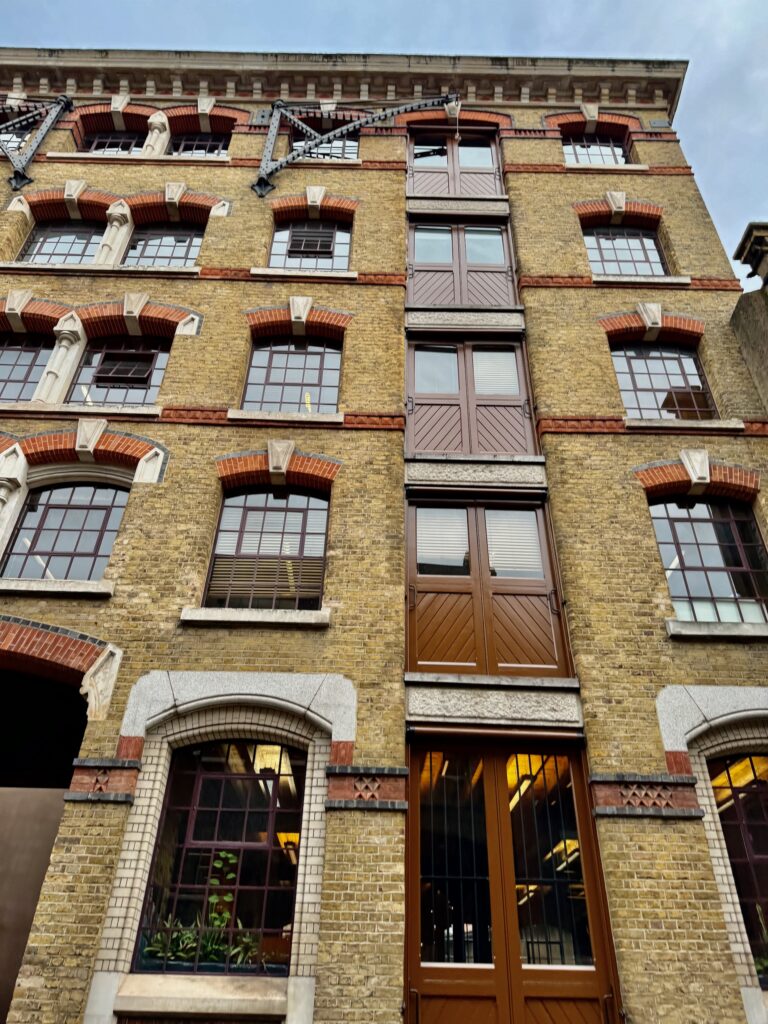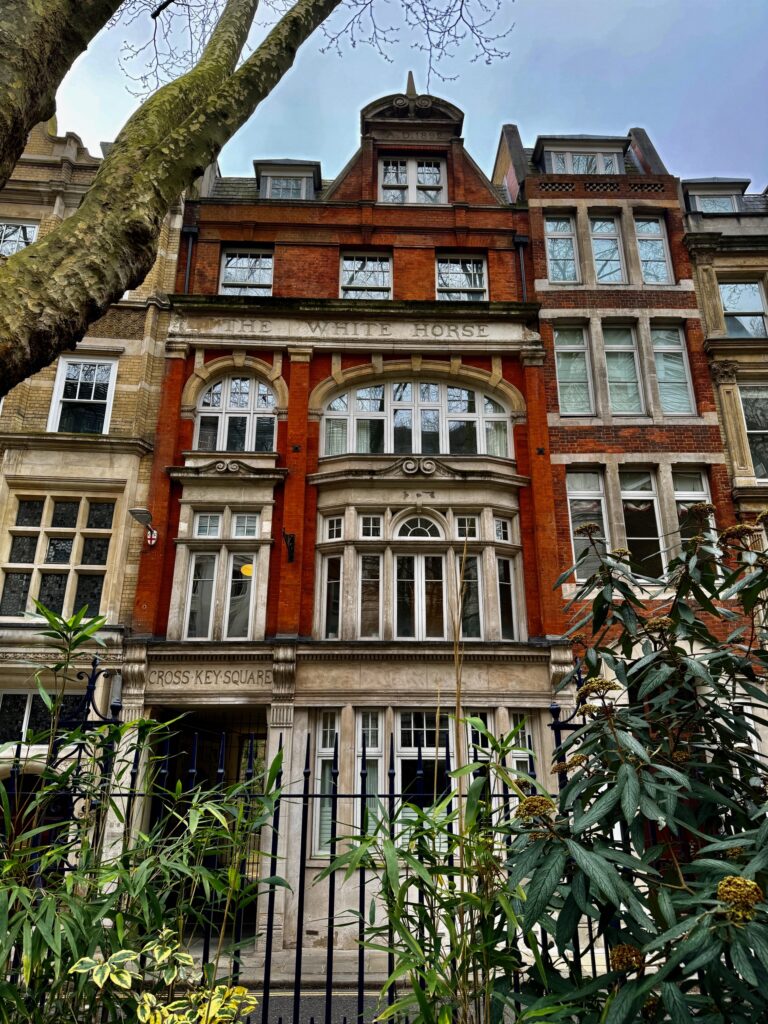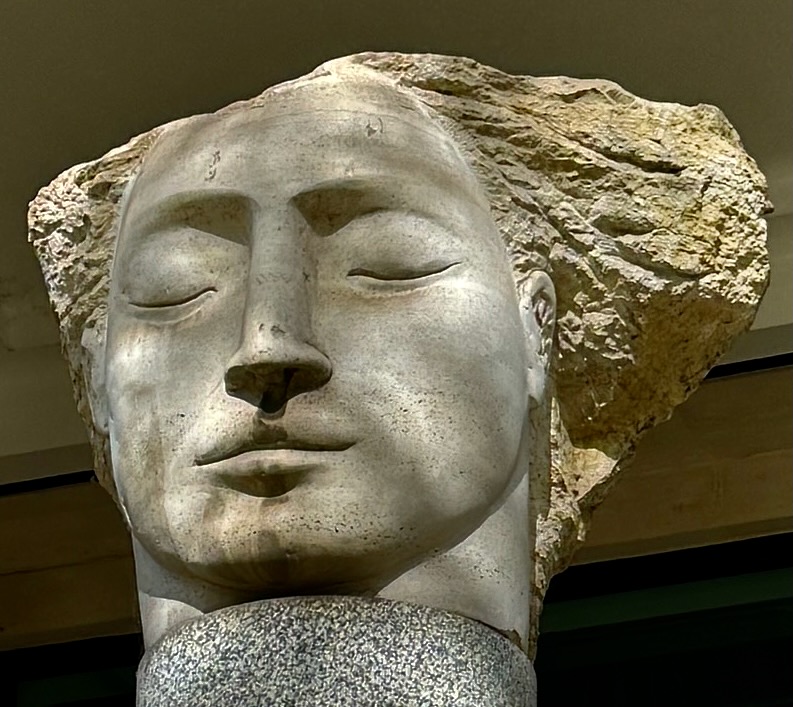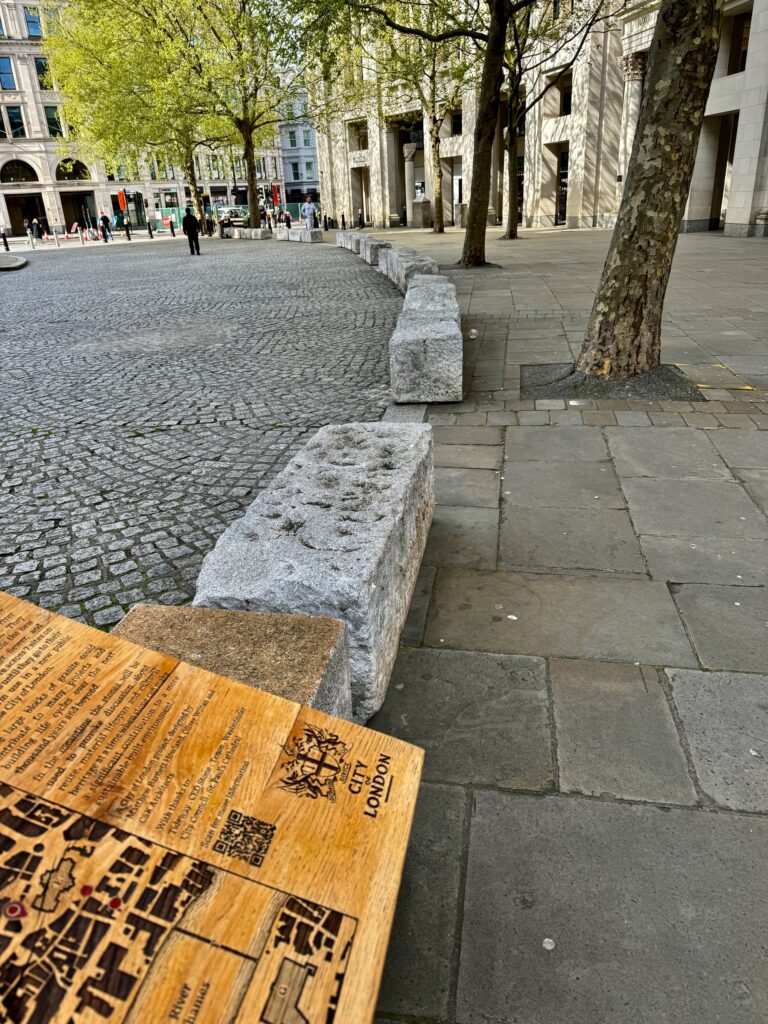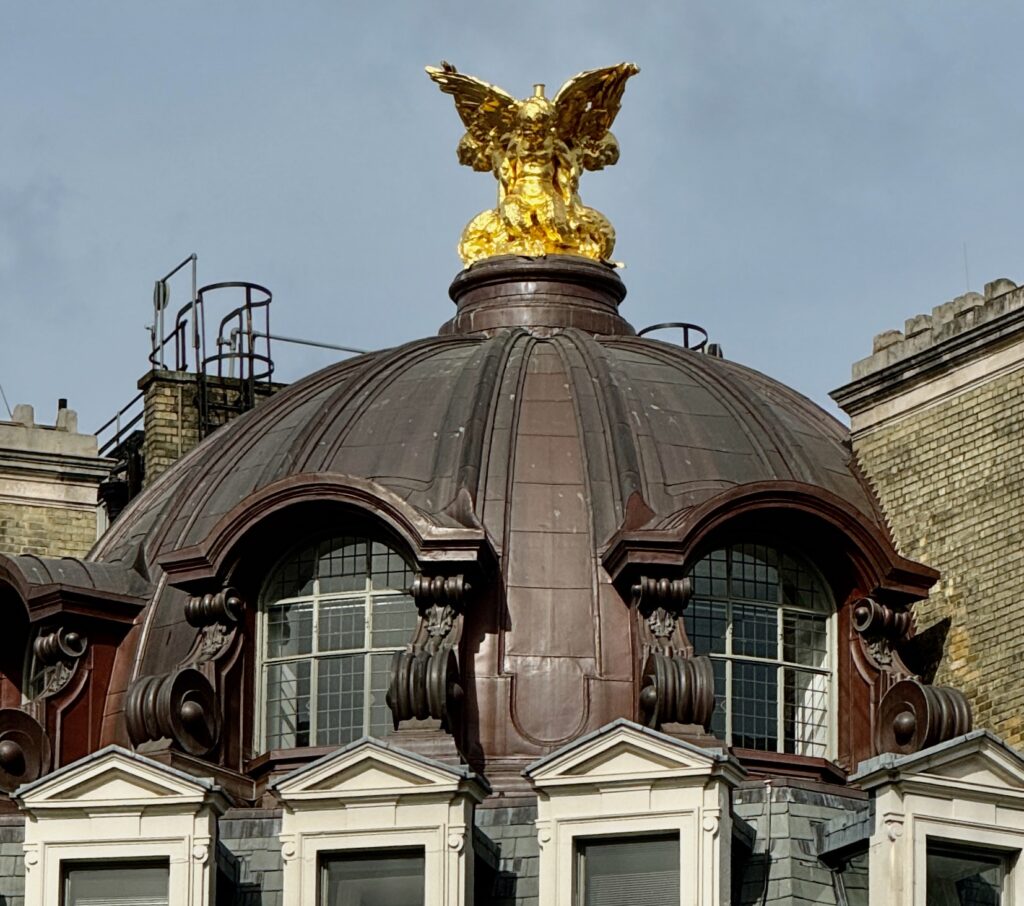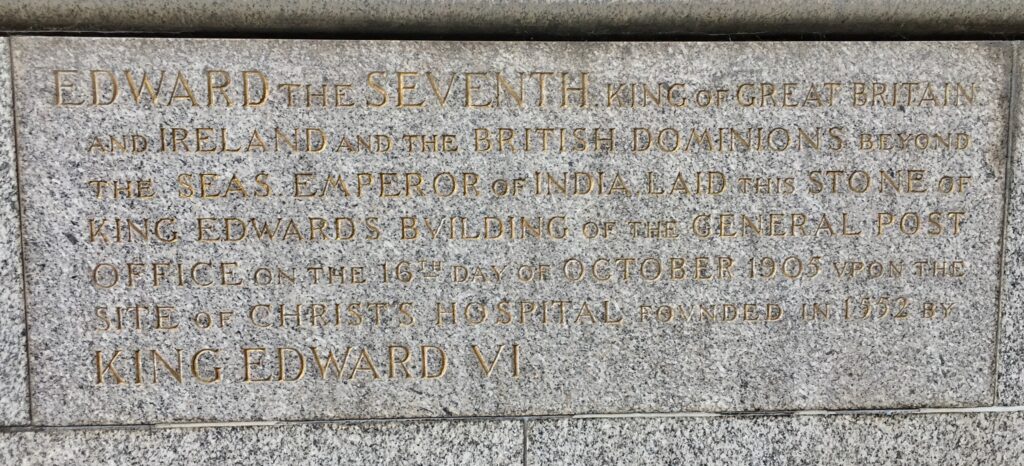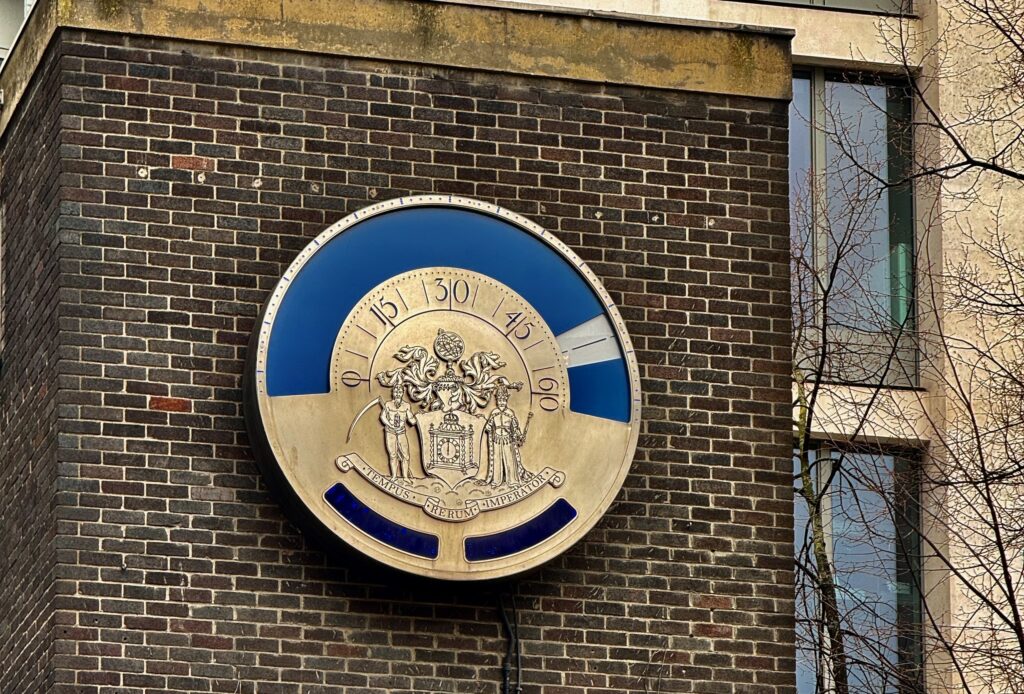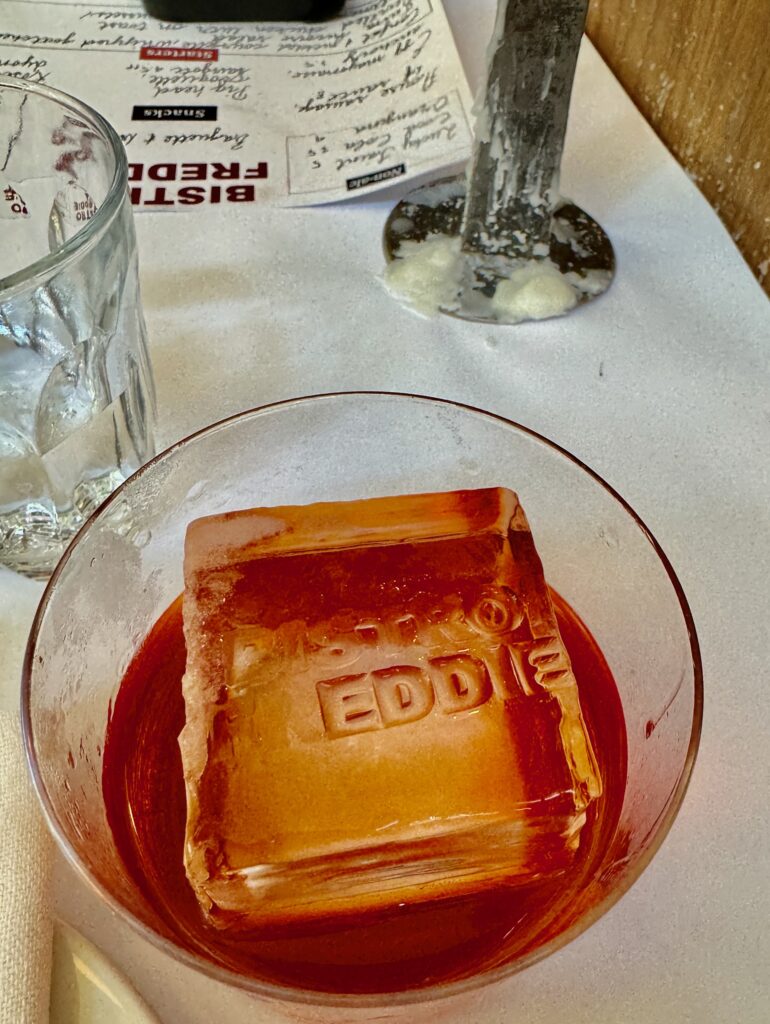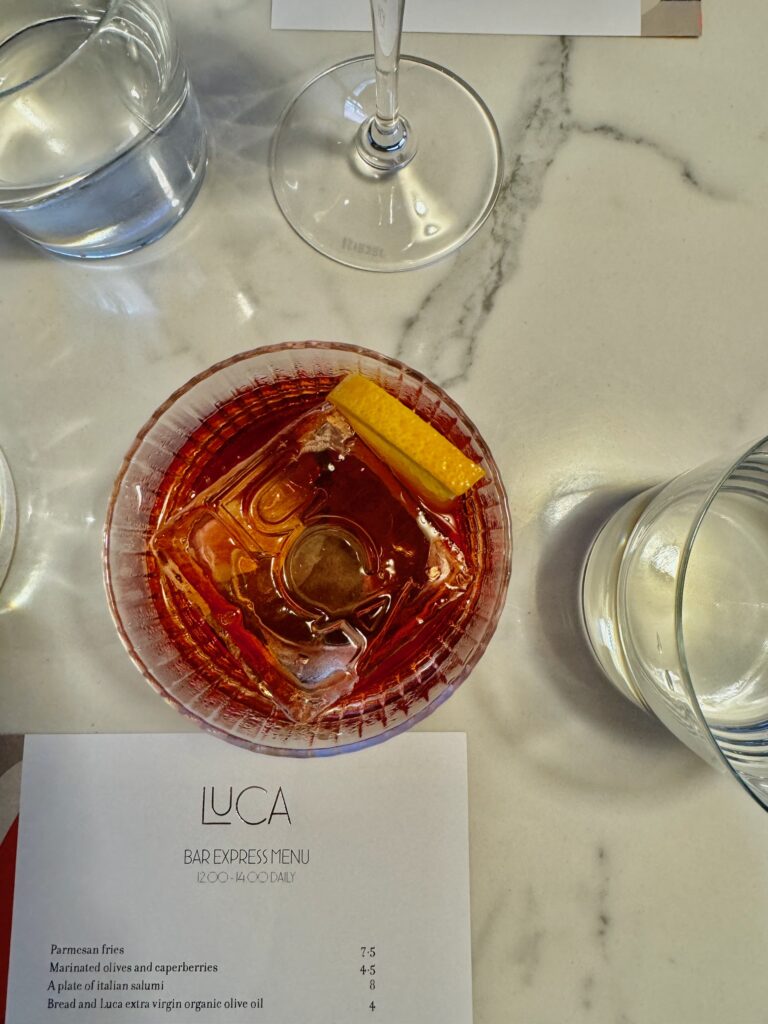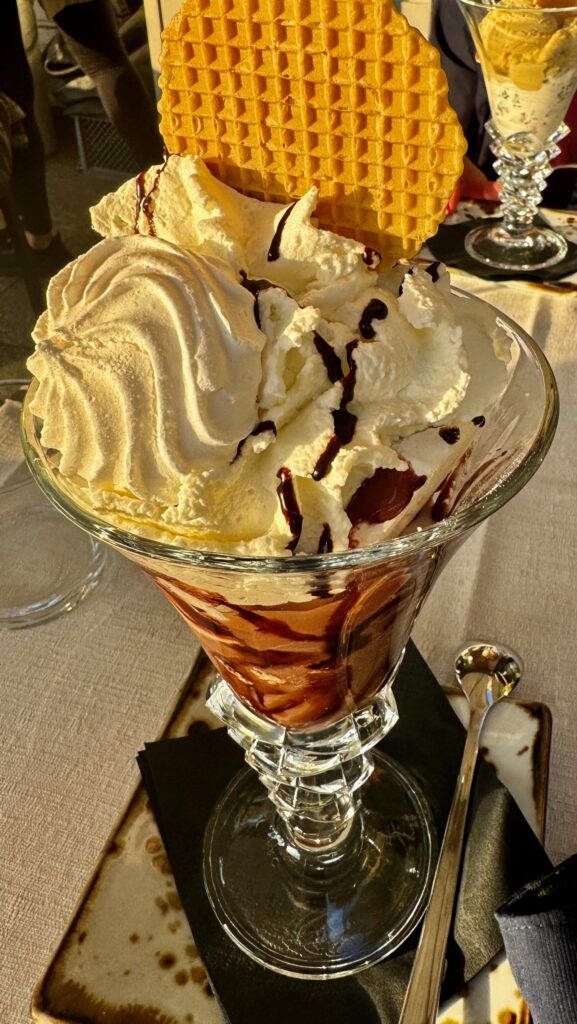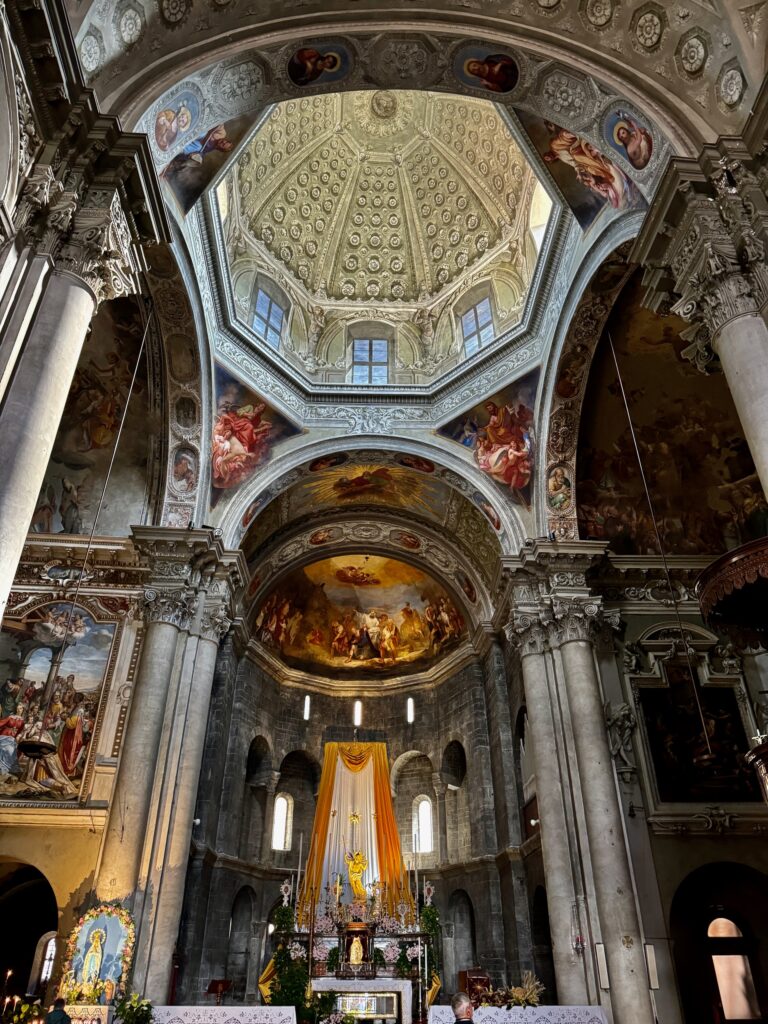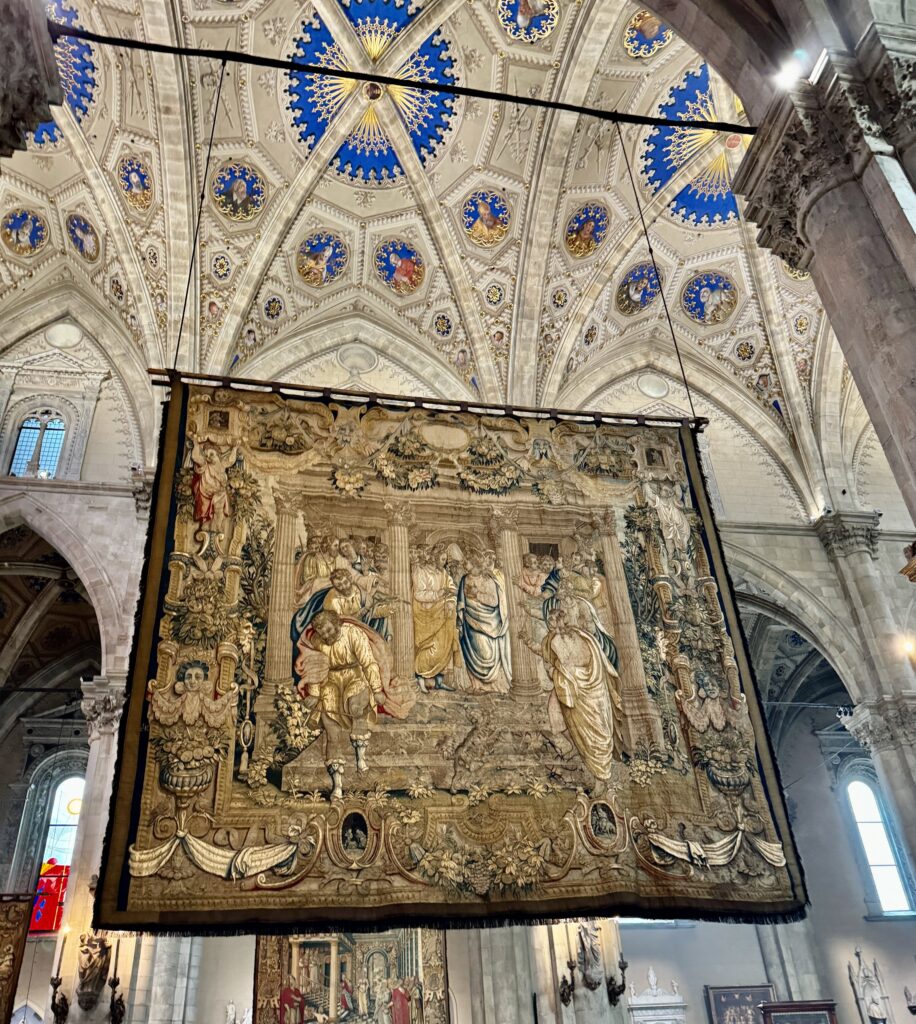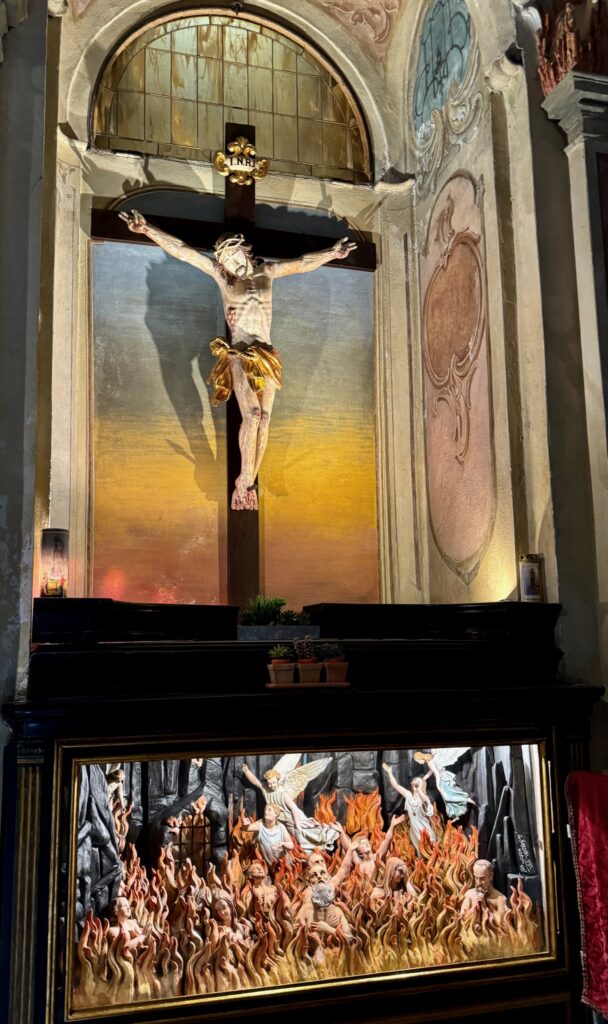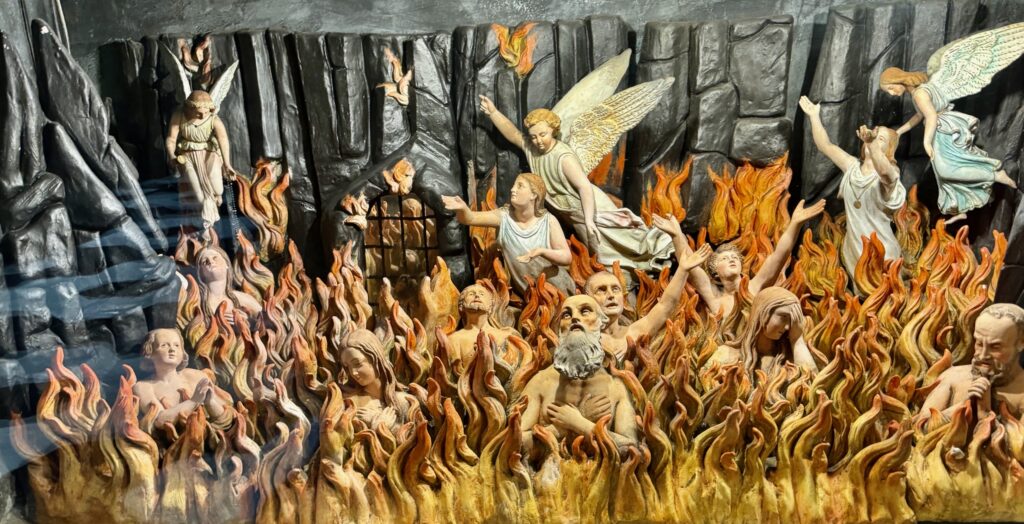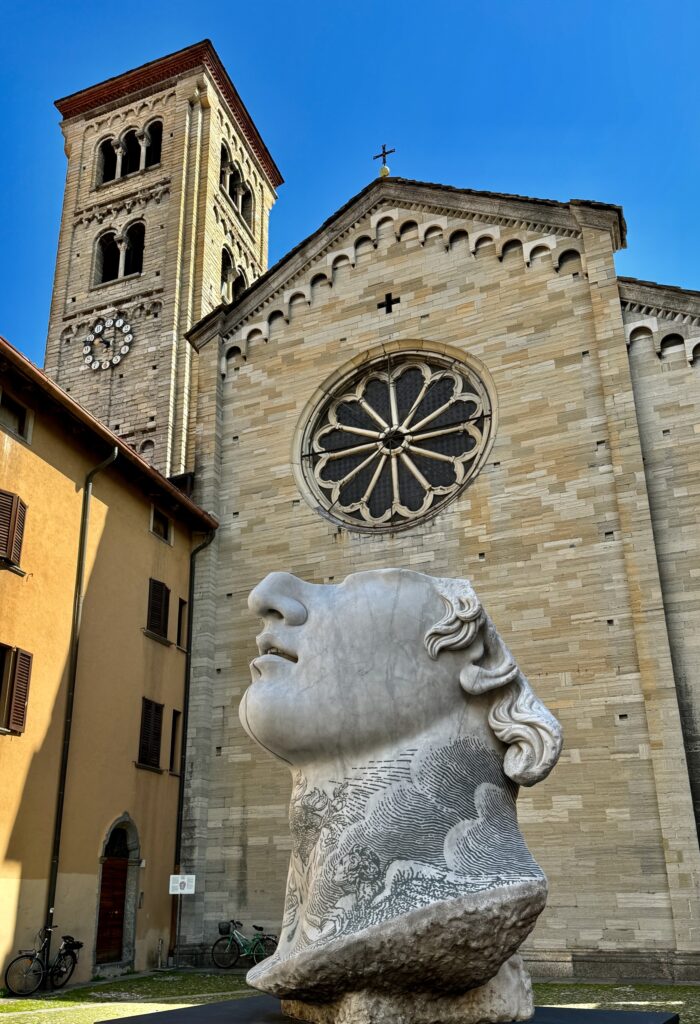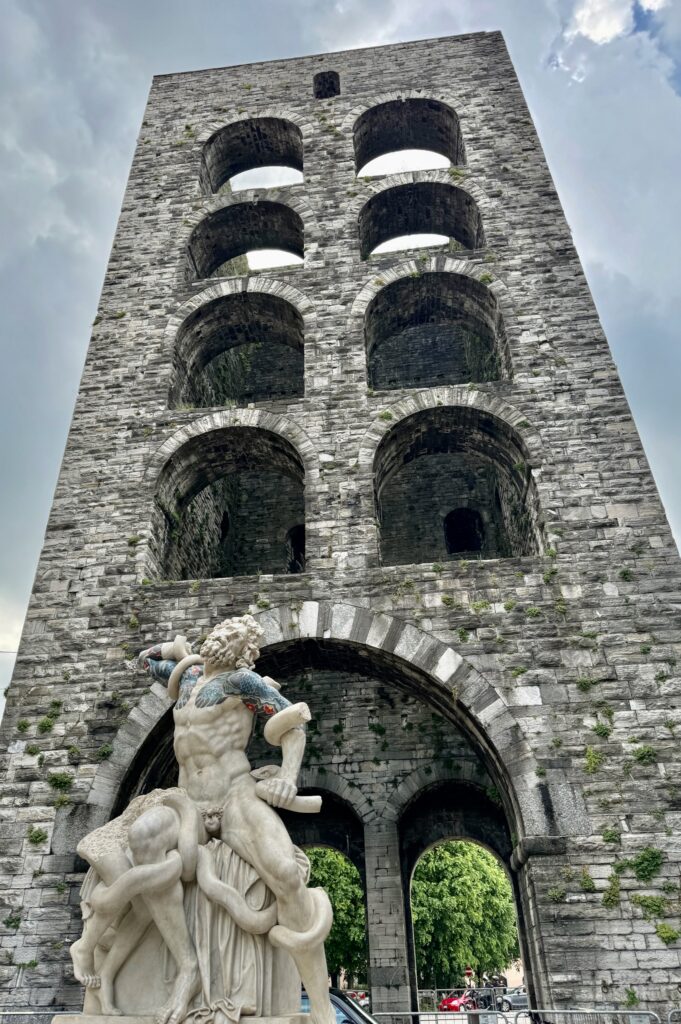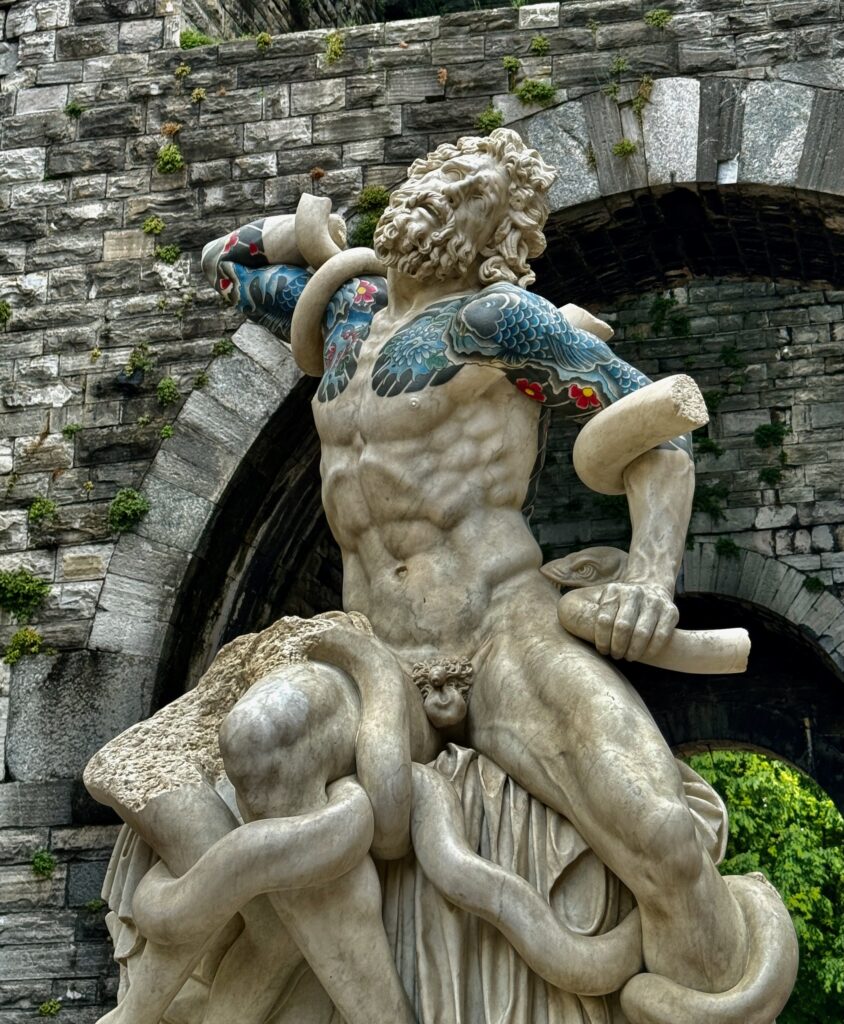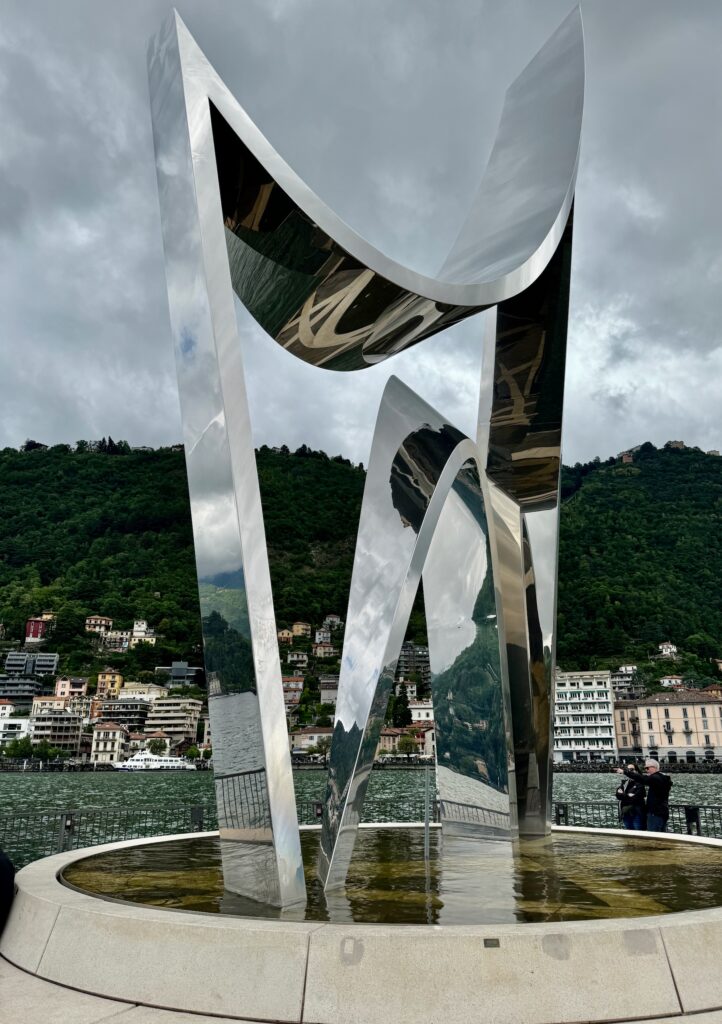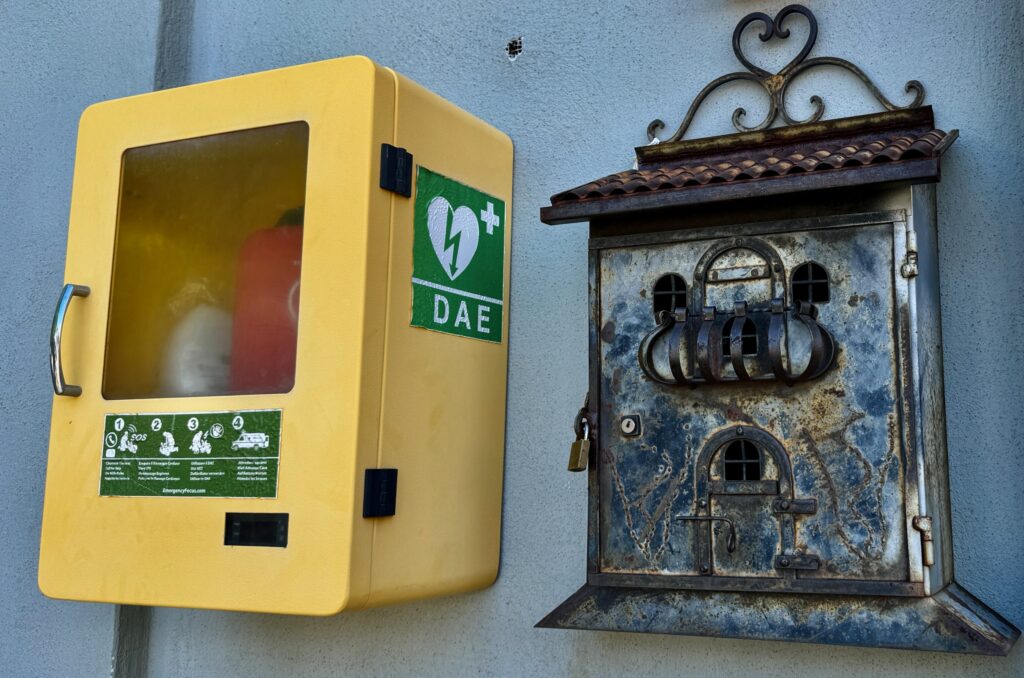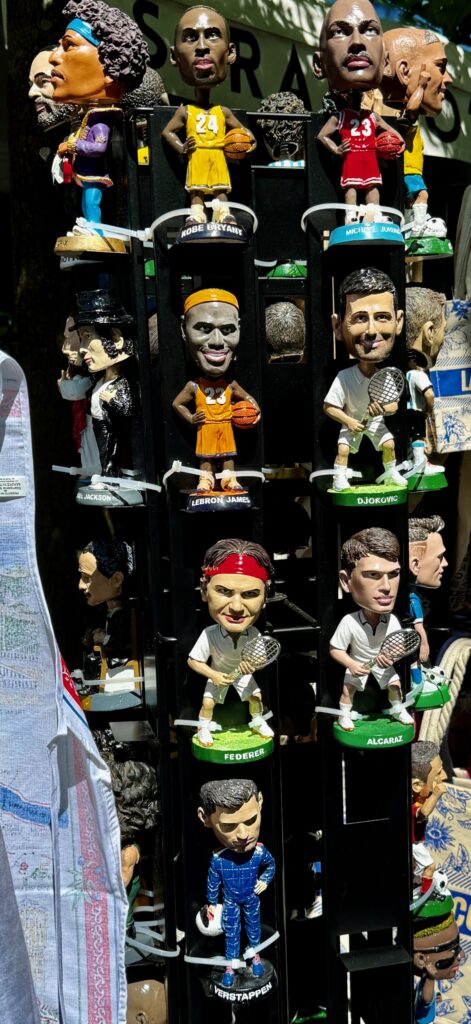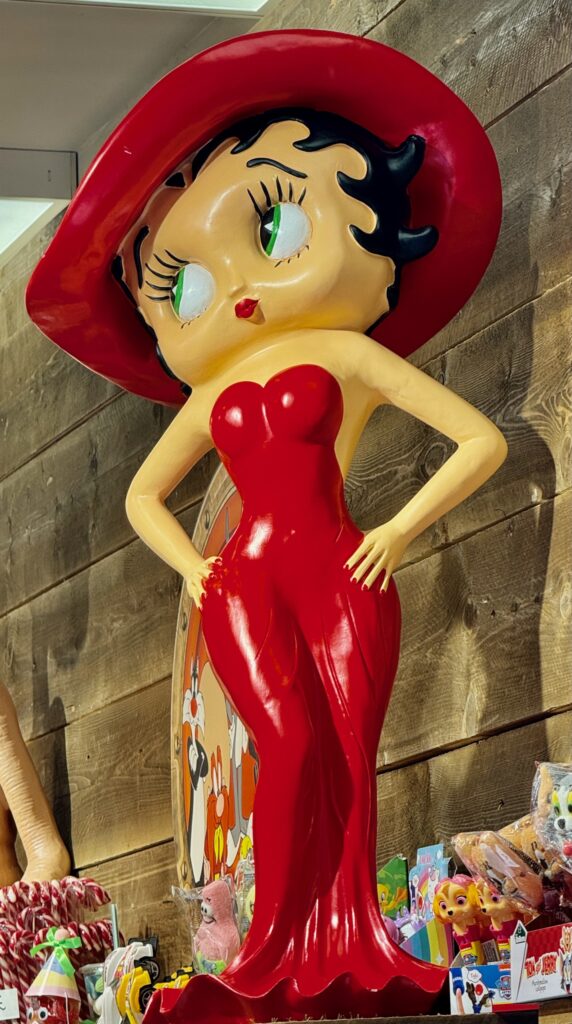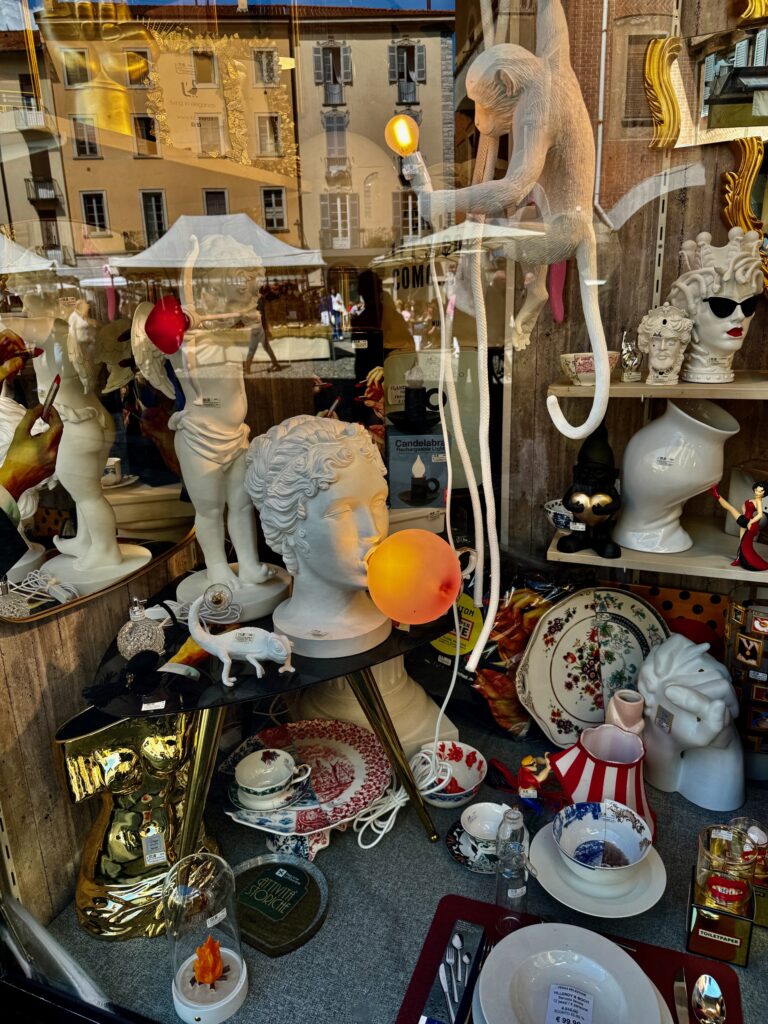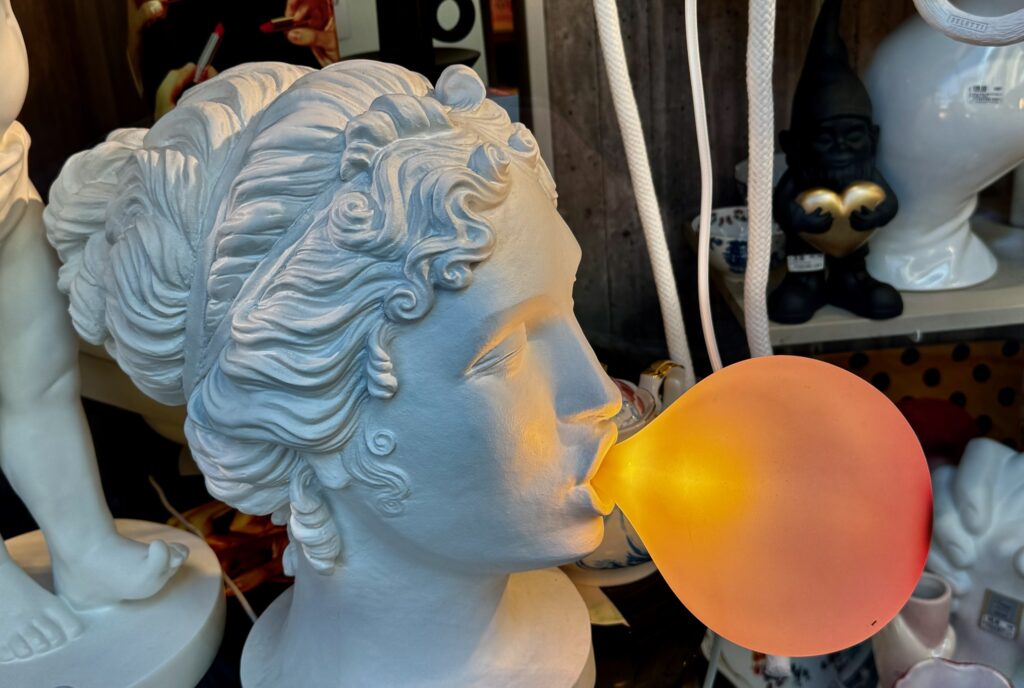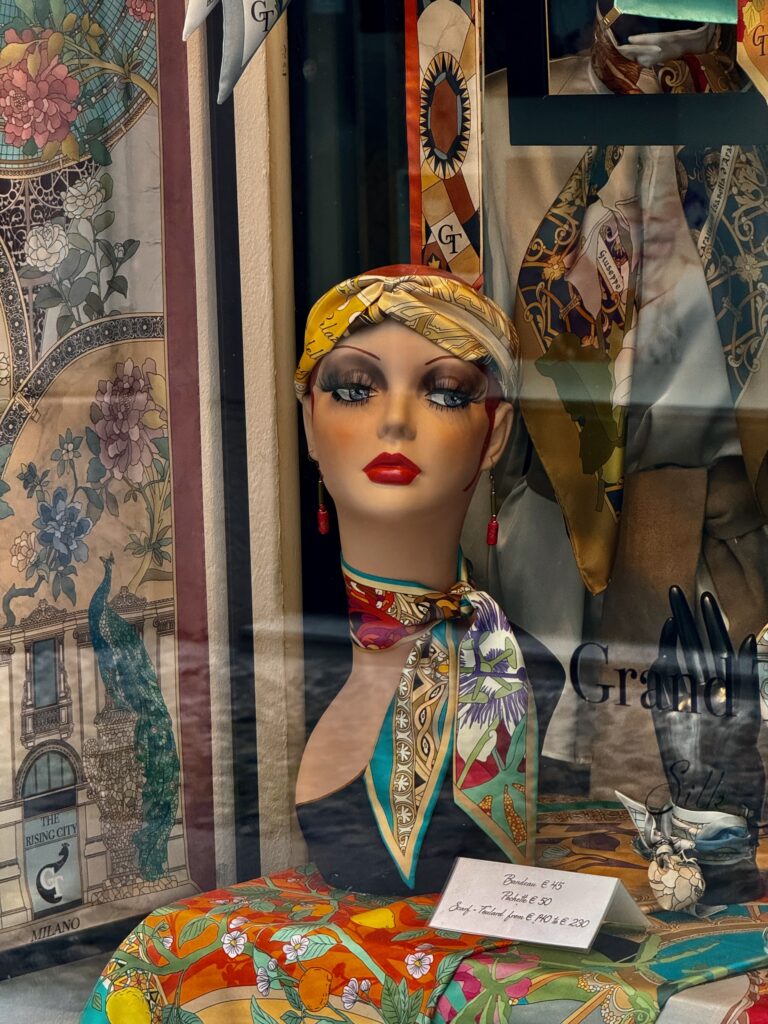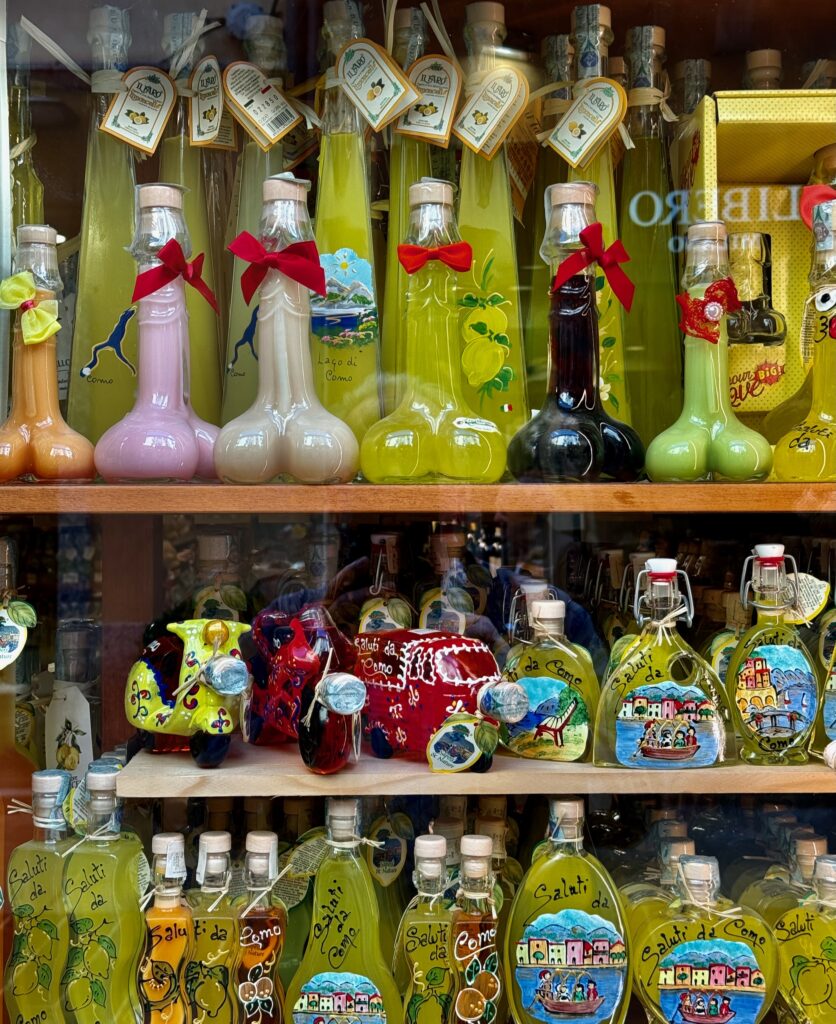It’s not often I find myself struggling for a Blog topic but, when I do, I tend to walk either east or west in search of inspiration. Last week, however, I felt the call of the North, hopped on the Northern Line Tube and headed for Hampstead.
I’ve been reading a book lately about the history of the Underground and the part of the system I was travelling on dates from 1907. It was constructed by the Charing Cross, Euston & Hampstead Railway and linked Charing Cross to Golders Green.
Designed in the space of just four years by the talented and prolific Leslie Green the stations feature the architect’s beautiful trademark tiles.
Station platforms …
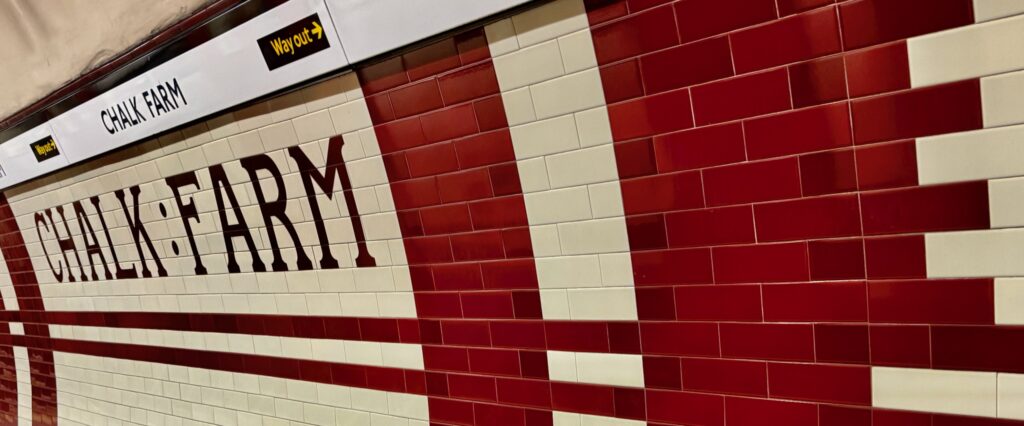

A typical corridor …
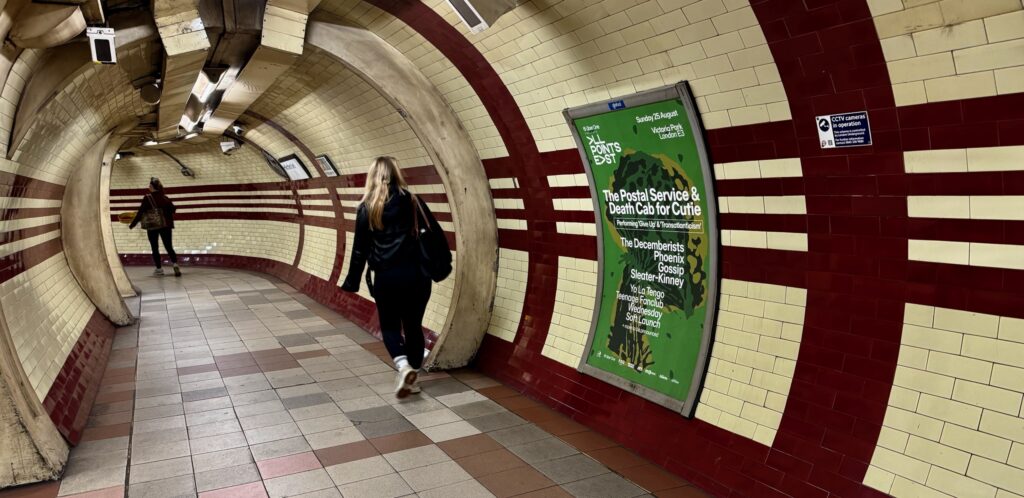
I suspect some of the above tiles are replicas, but these may be authentic since Heath Street was the original name of the Hampstead station …

The fabulous green tiles designed for ticket offices …
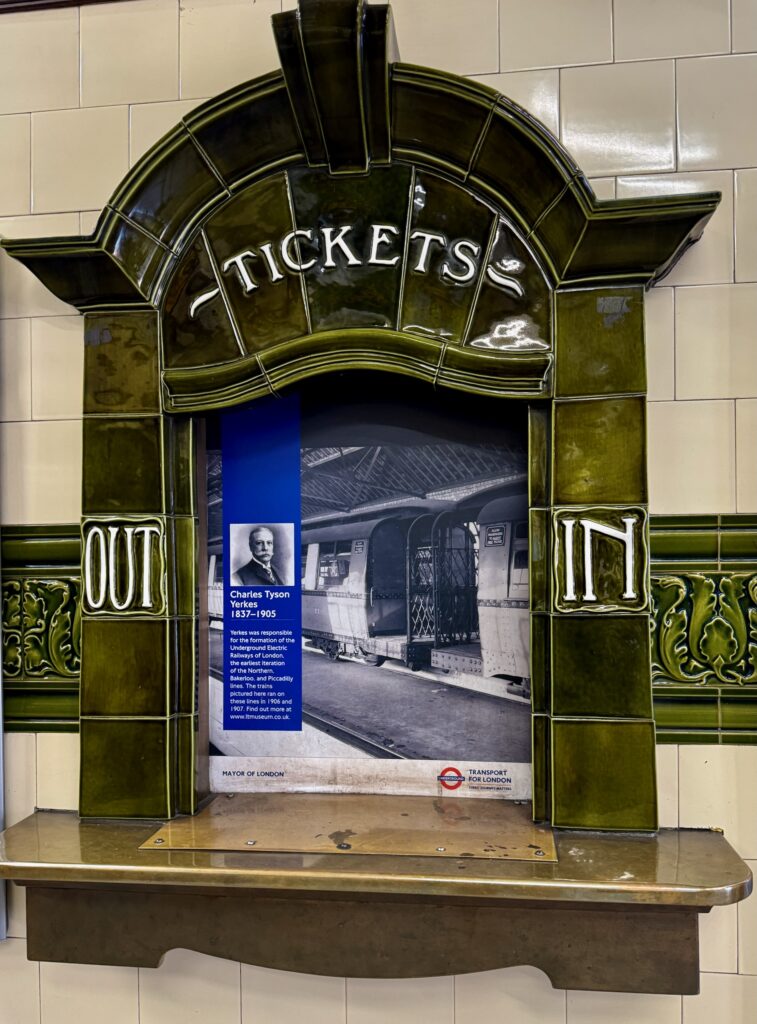
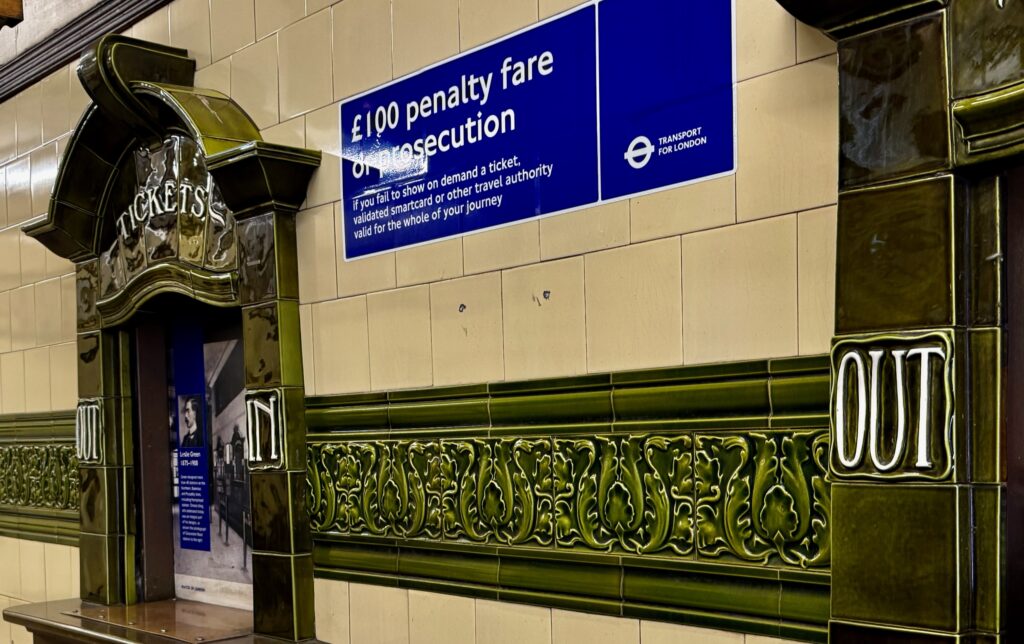
The striking oxblood-red tiles and arched windows typical of the exteriors of Green’s stations …

Walking up Heath Street, I encountered this spooky statue outside a Hampstead art gallery …
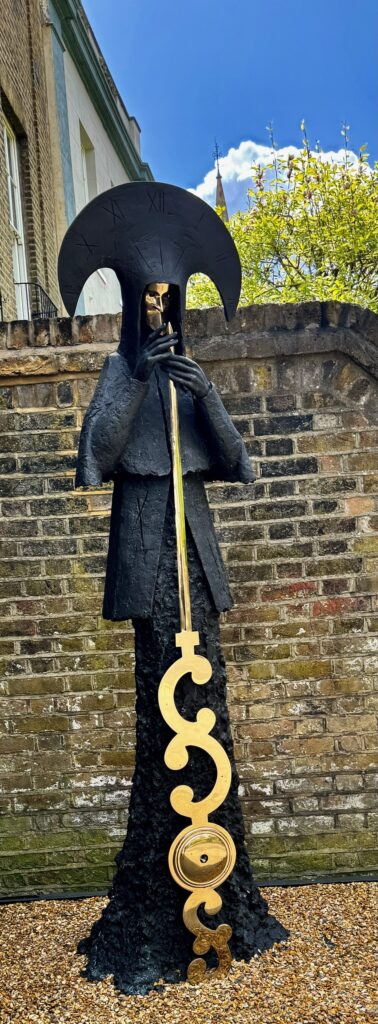
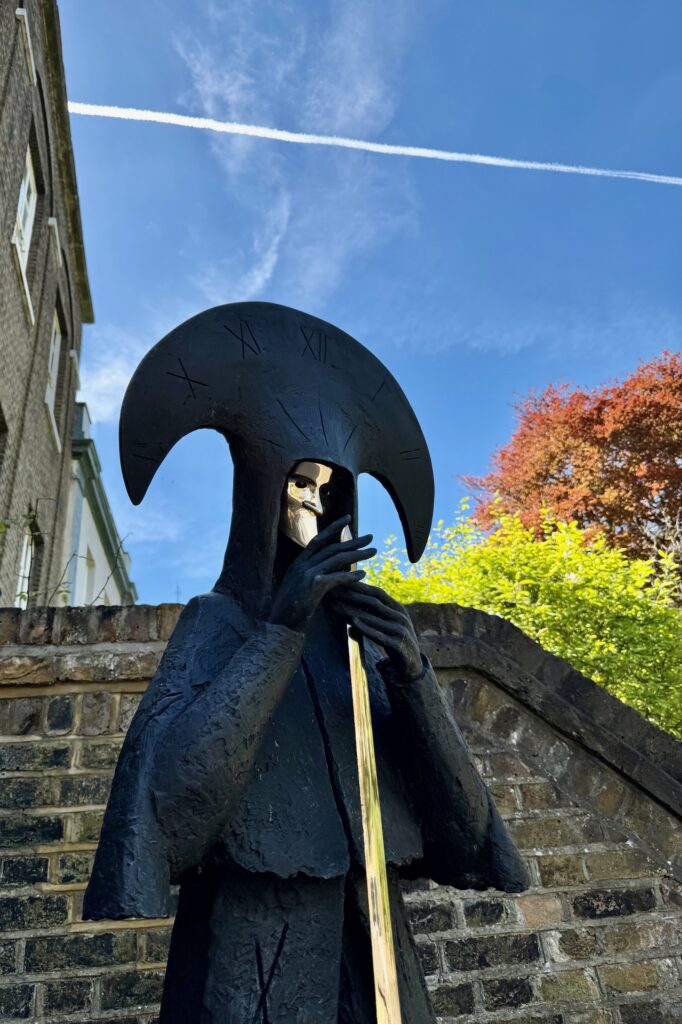
Whitestone Pond (where I used to go paddling as a child) …
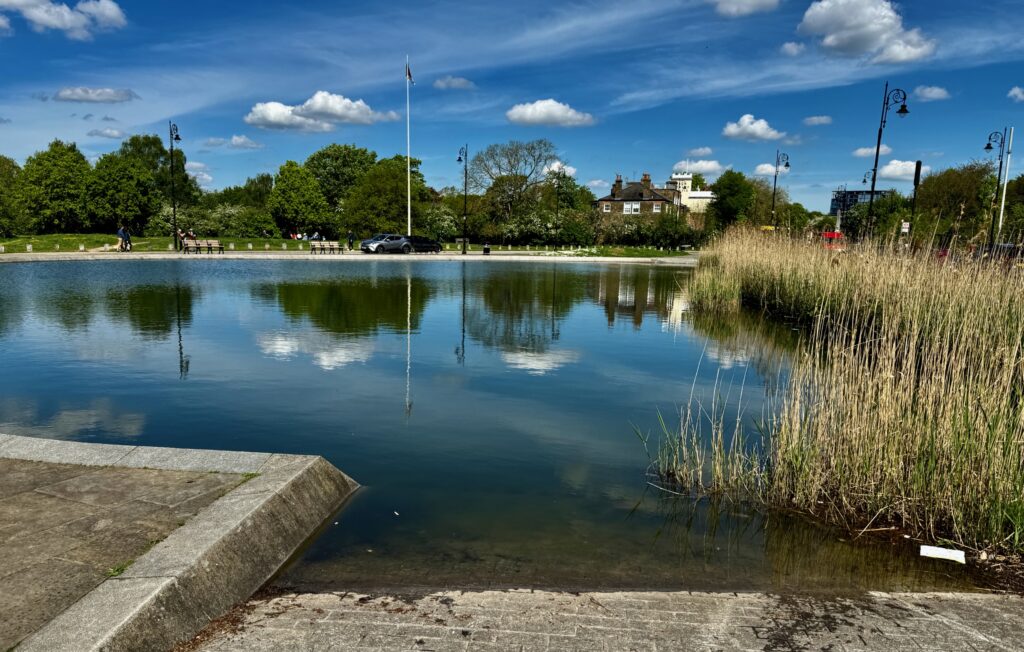
Originally known as Horse Pond, fed solely by rain and dew, ramps were in place to allow horses to access the pond to drink and cool down after the long climb (this is the highest point in London). Later it became affectionately known as Hampstead-on-Sea when the pond was used for paddling, floating model boats and skating in winter.
An image from 1920. No, I’m not one of those kids!
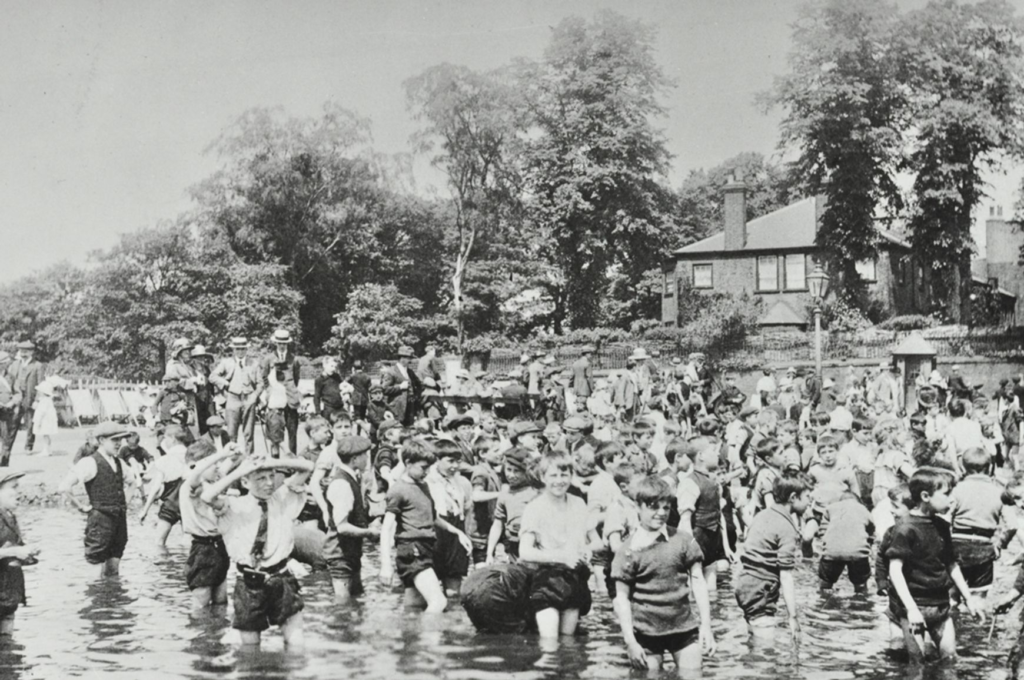
Click here and here for more history and images.
I walked downhill past an entrance to the Heath …
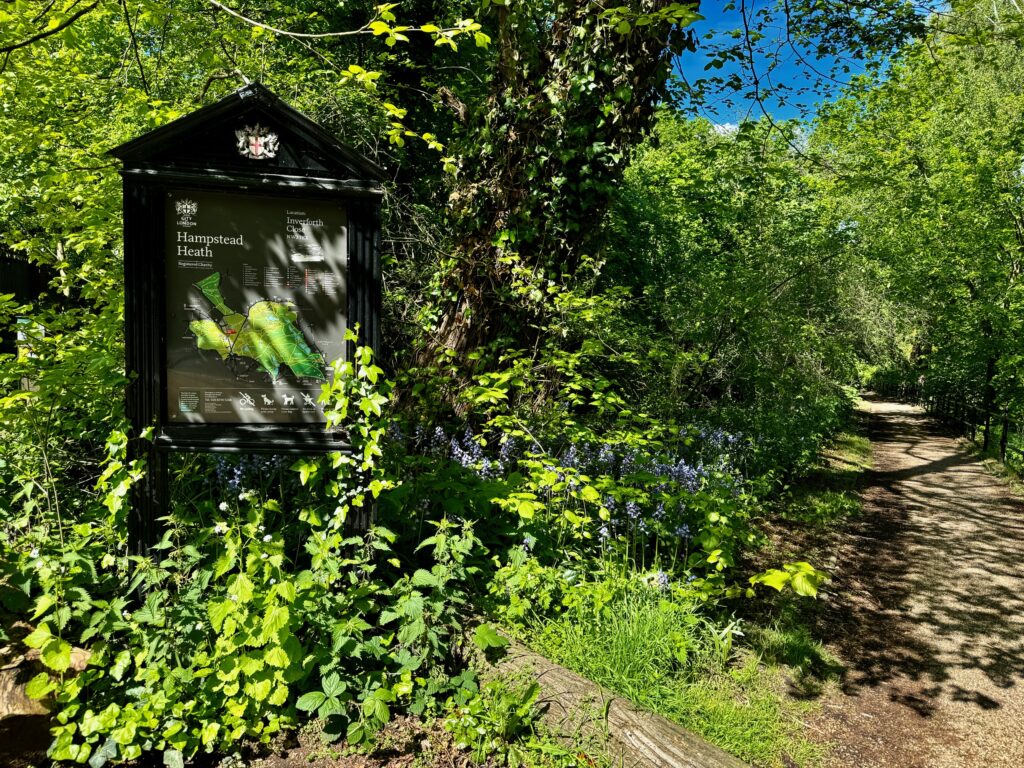
Then into the lovely Golders Hill Park …
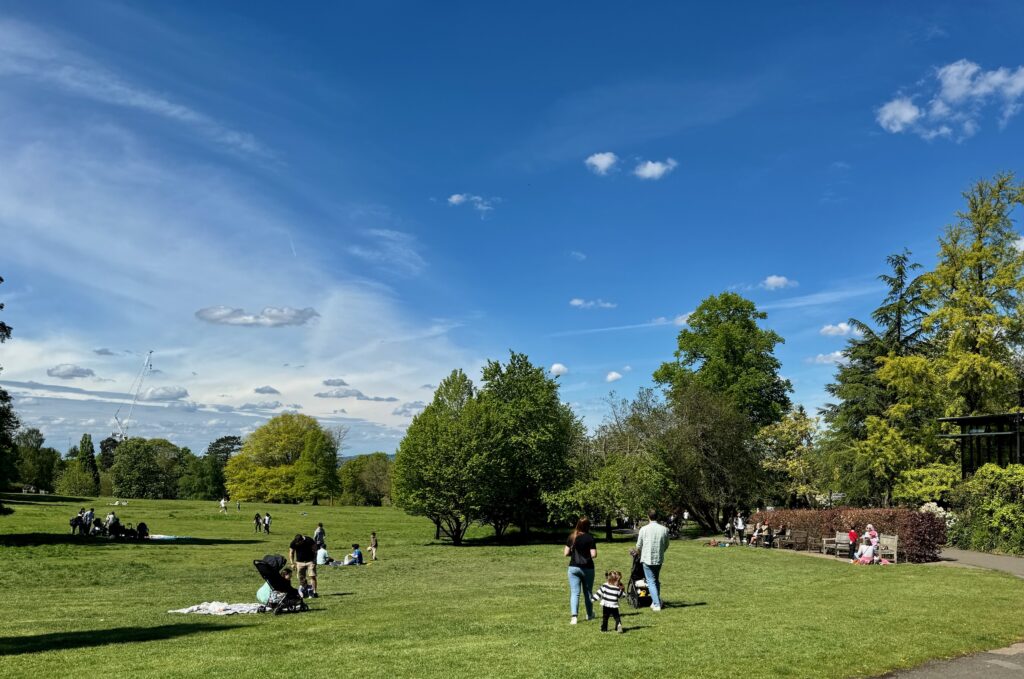
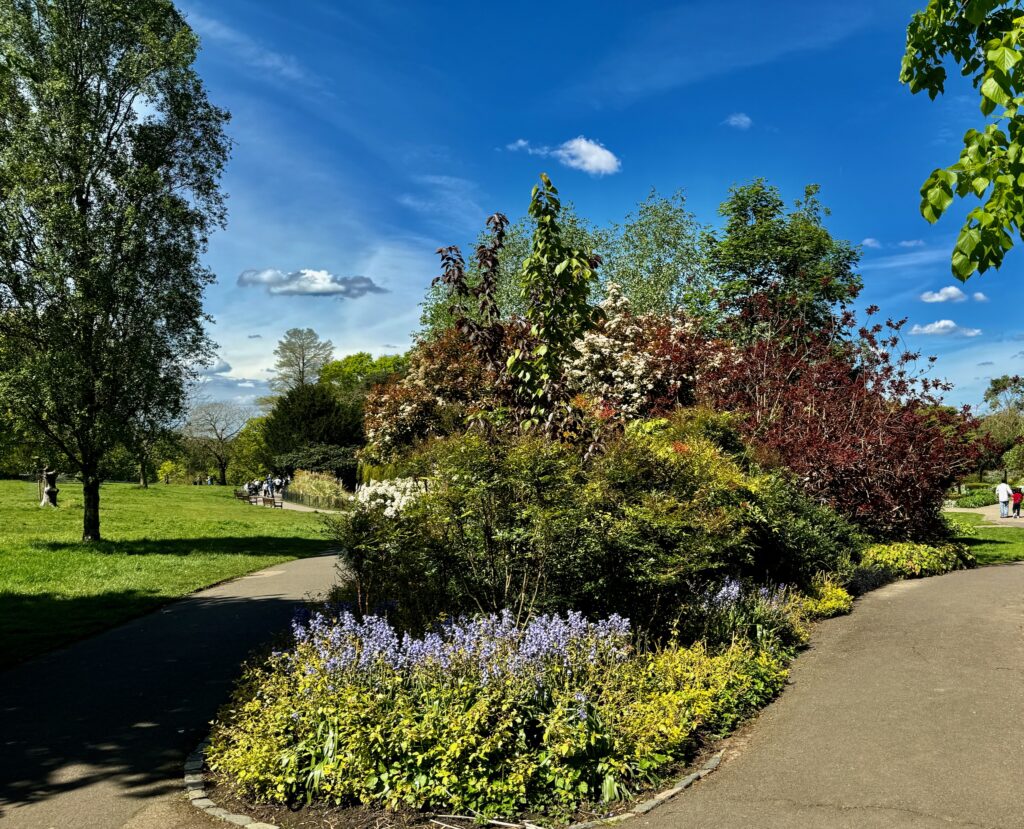
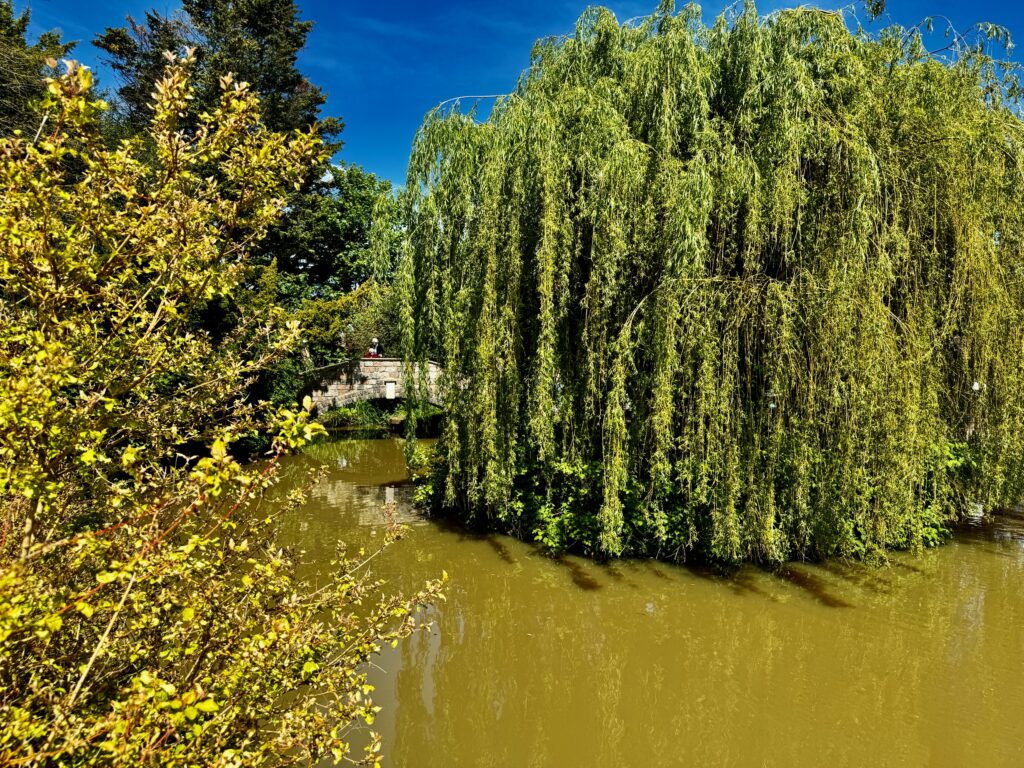
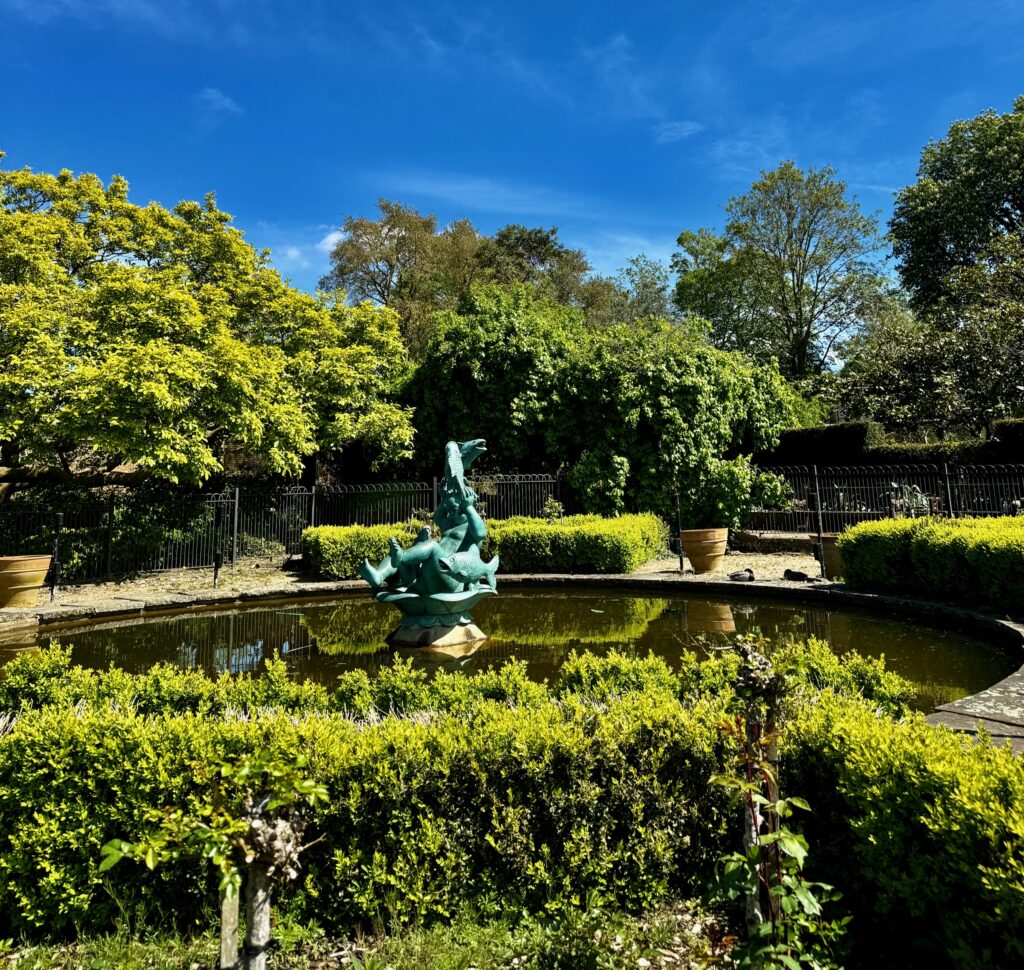
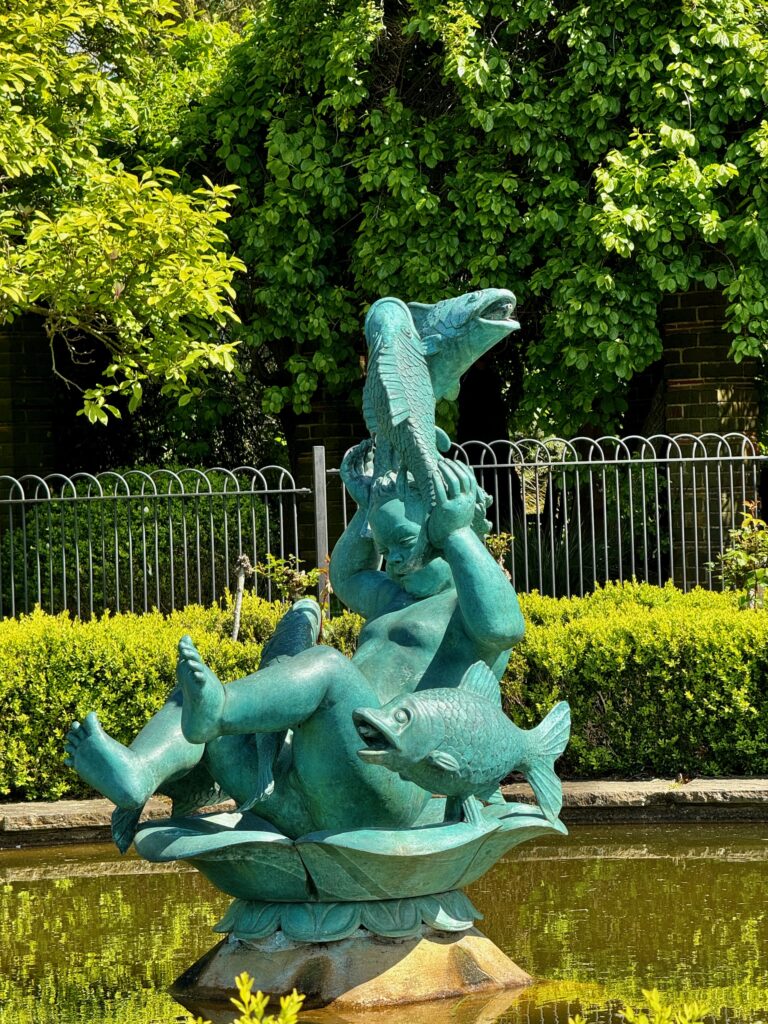
As you have seen, it was a beautiful sunny day. The park also has a little zoo but I didn’t have time to visit it so I resolved to return.
Unfortunately, the day I chose was a bit miserable …
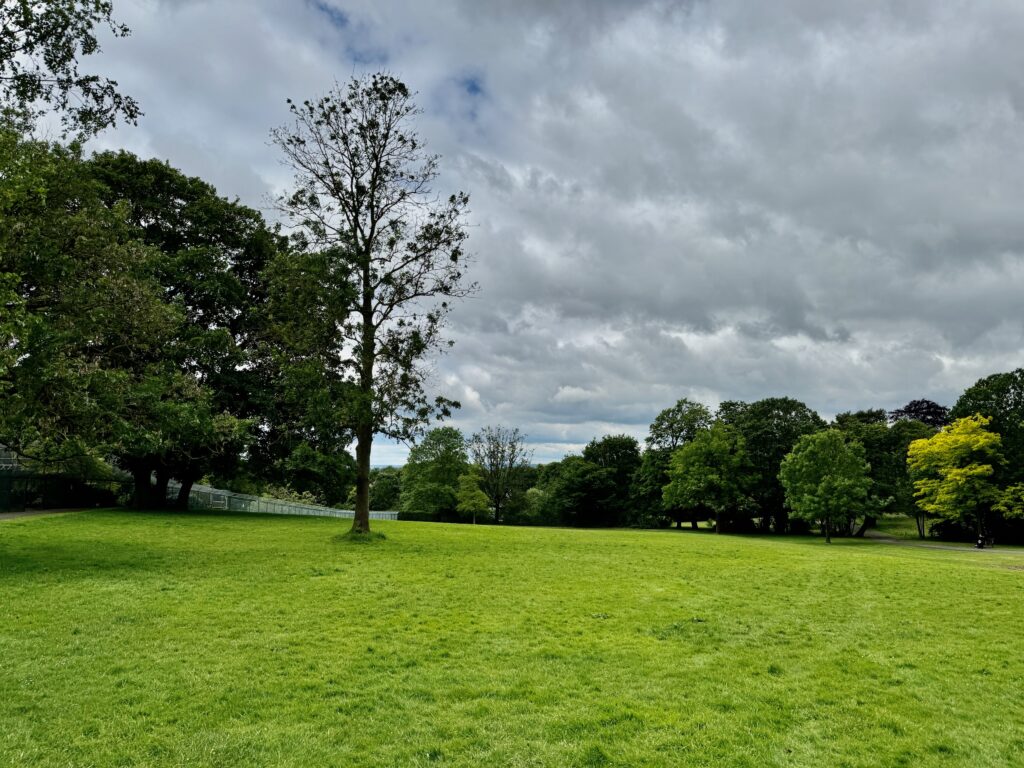
… and so were the animals!
The wallabies didn’t want to know …
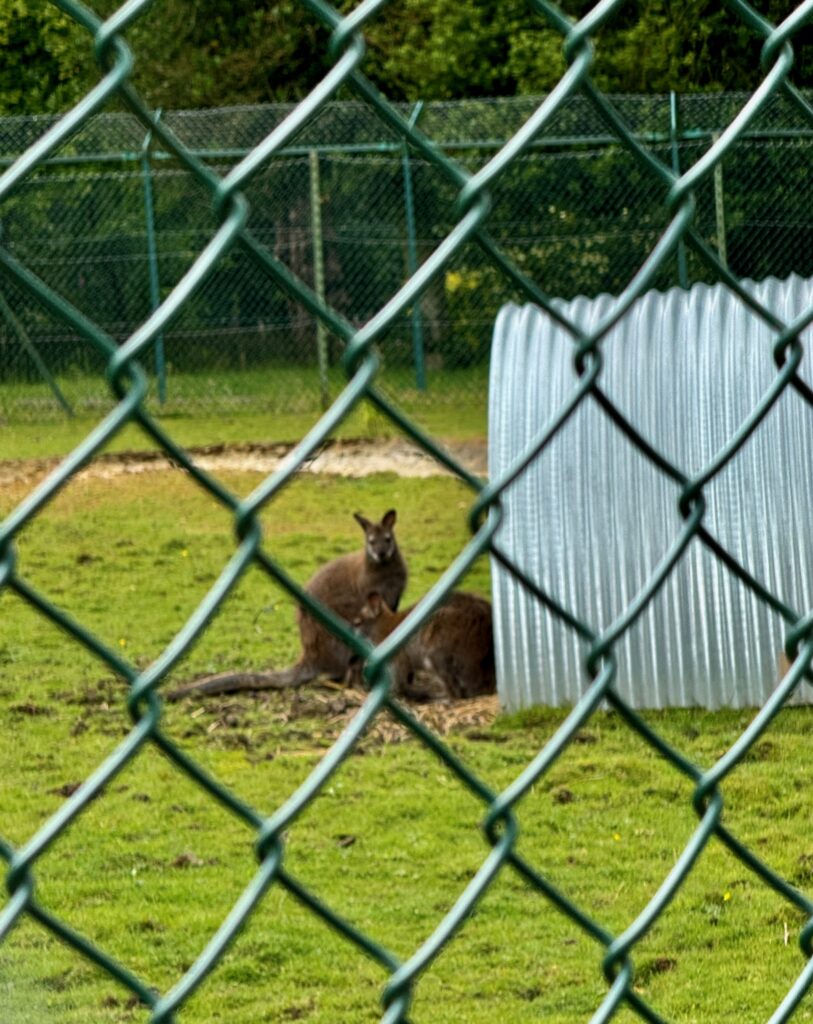
The wildcat was sulking …
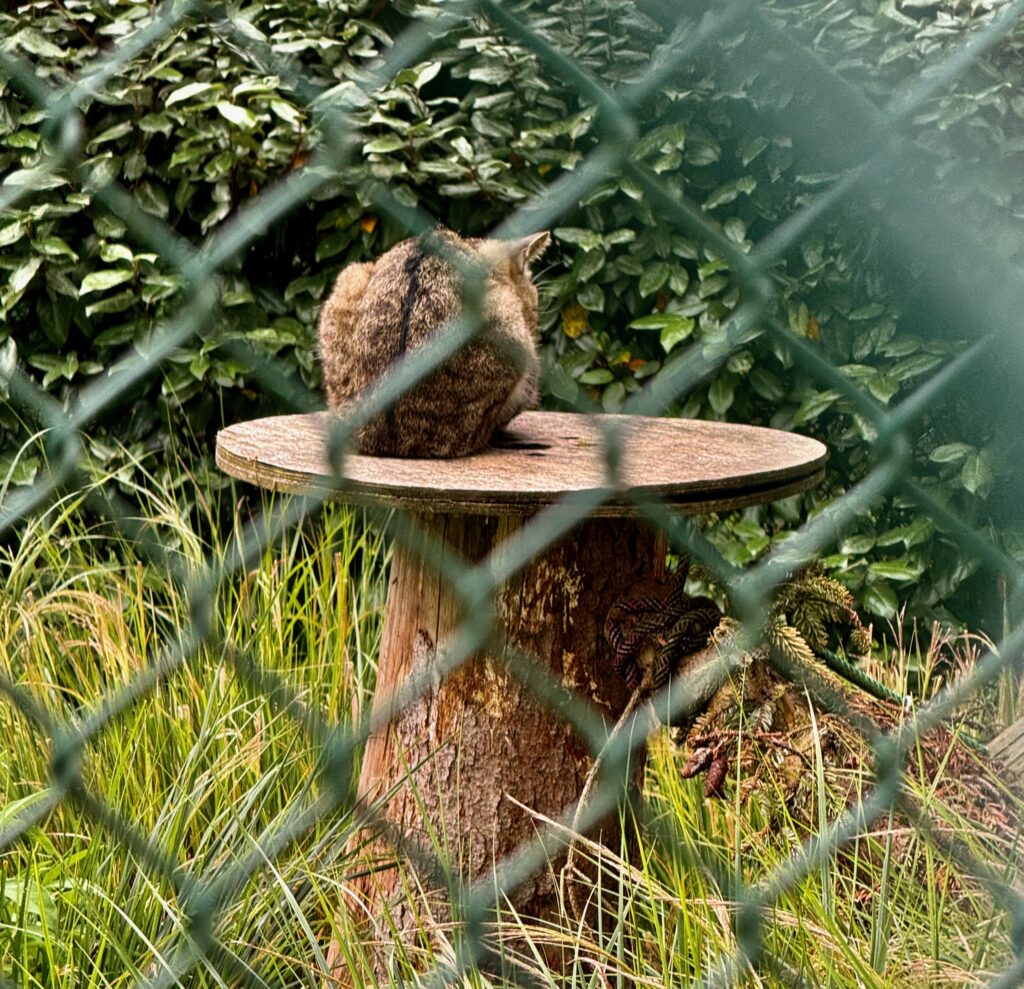
As was the owl …
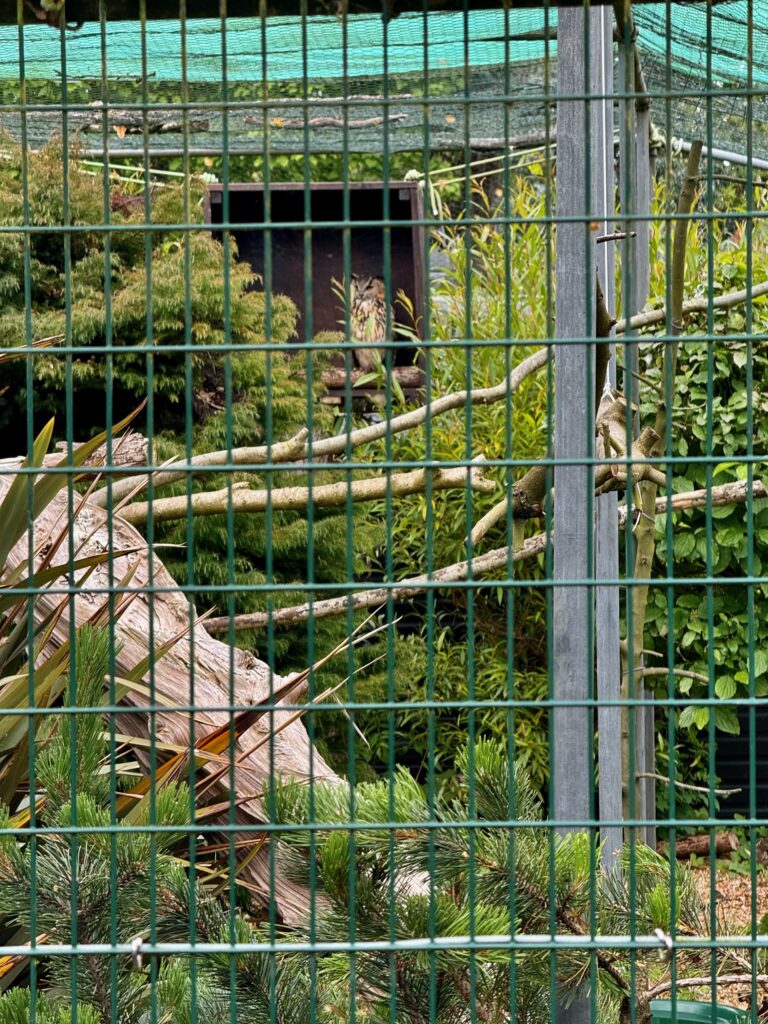
And this was the nearest I got to seeing a lemur …
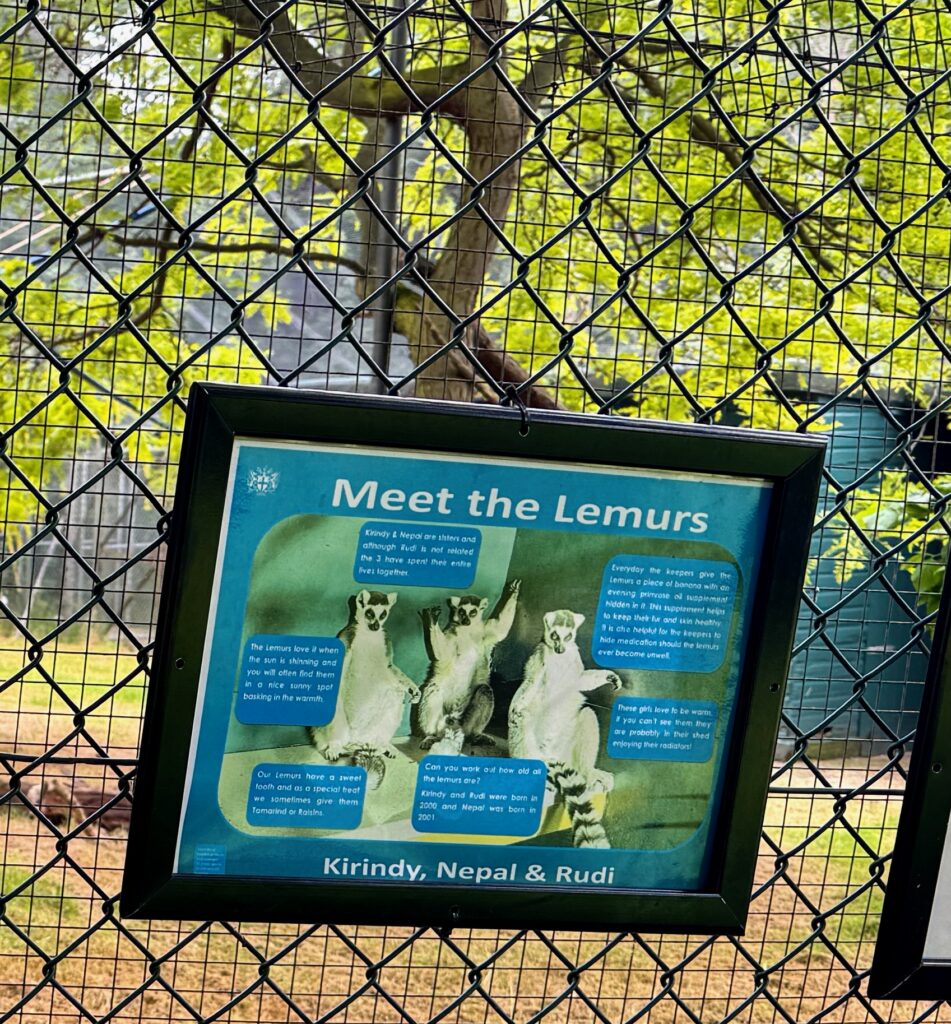
But the chickens didn’t let me down …
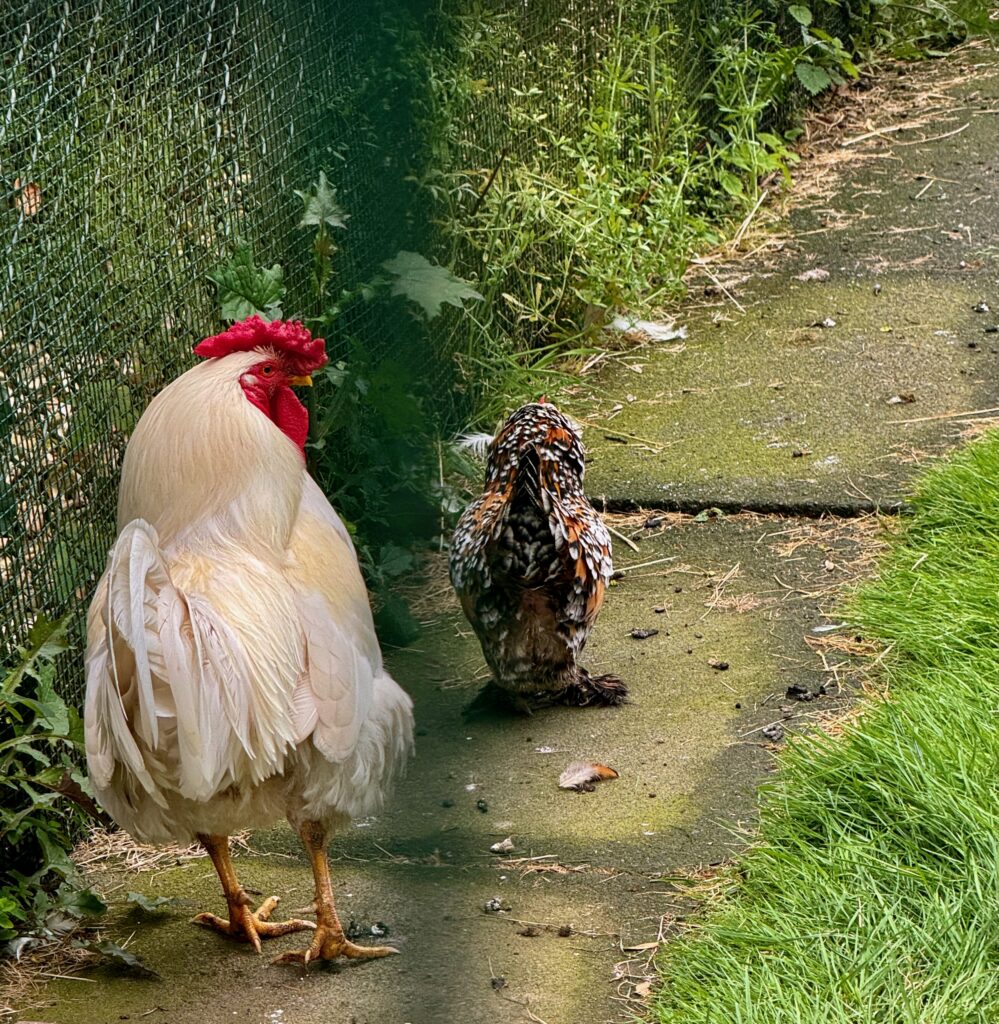
Or this (slightly grumpy) pair of egrets …
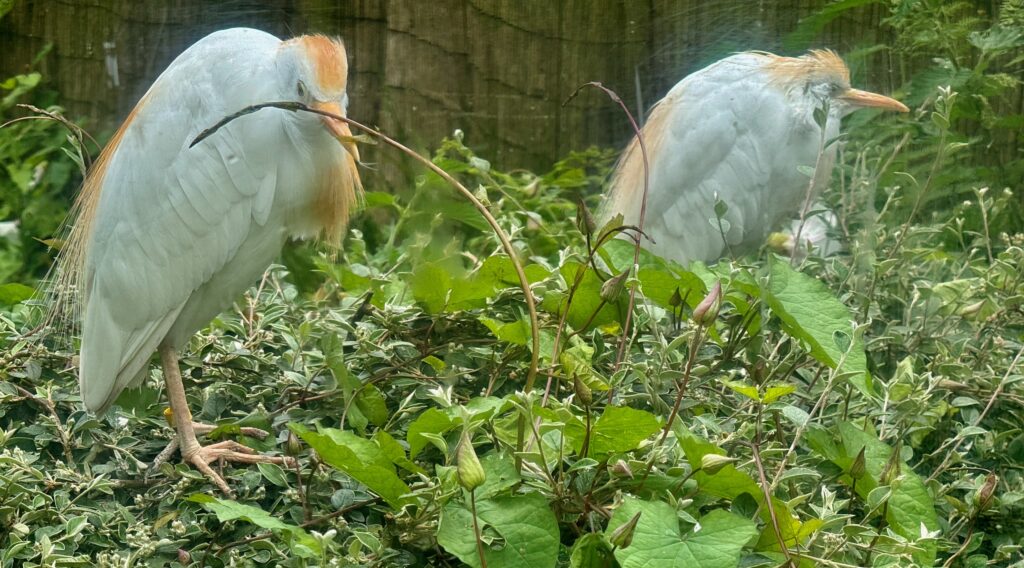
On my first visit, as I walked towards Golders Green Station, I took a picture of this old distance marker …
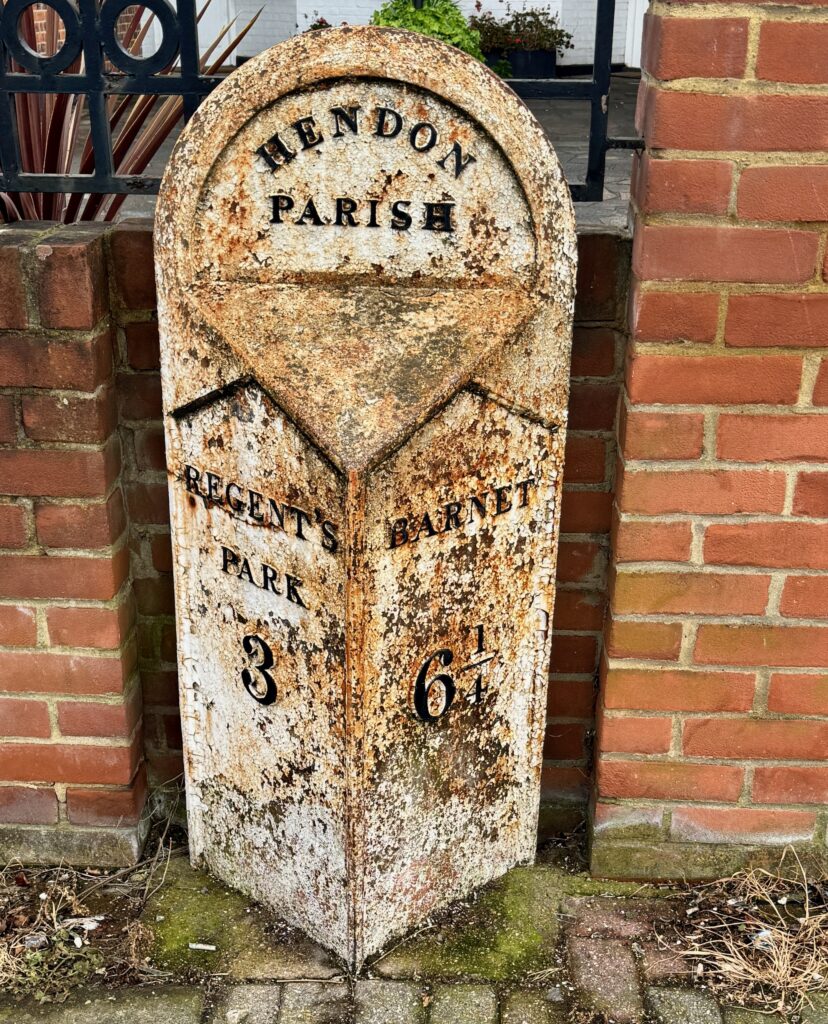
When I visited again I found it had been spruced up …
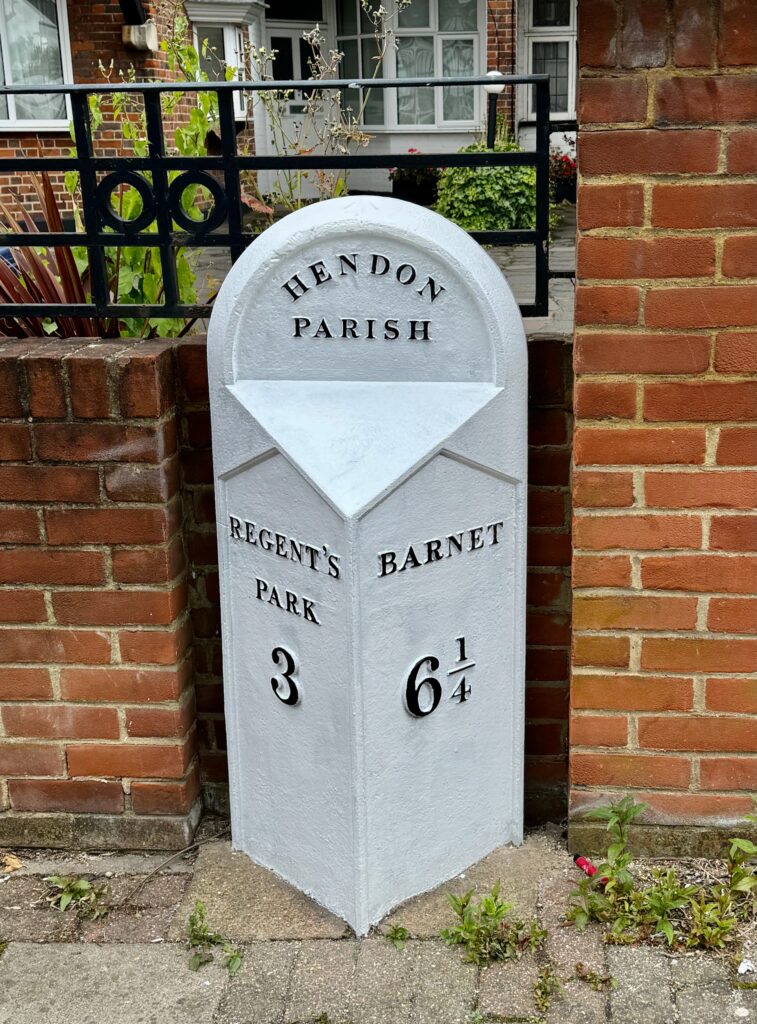
For some reason I preferred it when it looked old and weathered.
Across the road from the station, I admired this comprehensive menu board …
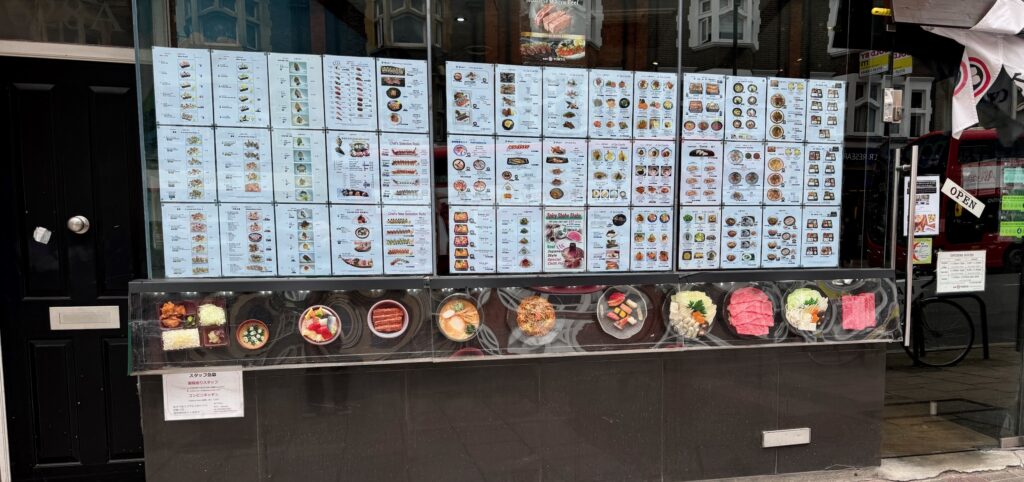
Especially the plastic representations of various dishes …

More attractive tiles at the station (these definitely are replicas but the ironwork is original) …

Now some Barbican wildlife.
Look at the pillar on the left. Can you see a small creature clinging limpet-like to the concrete two storeys up?
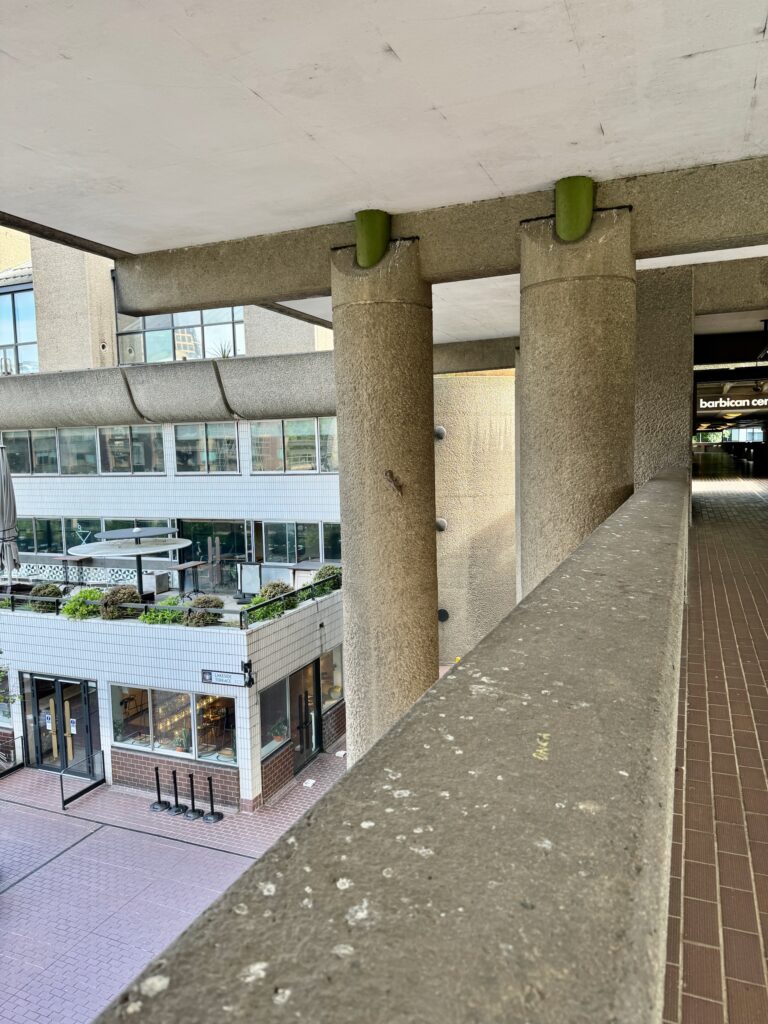
Yep, a local resident …

I had a visit from another resident as I was writing this blog …
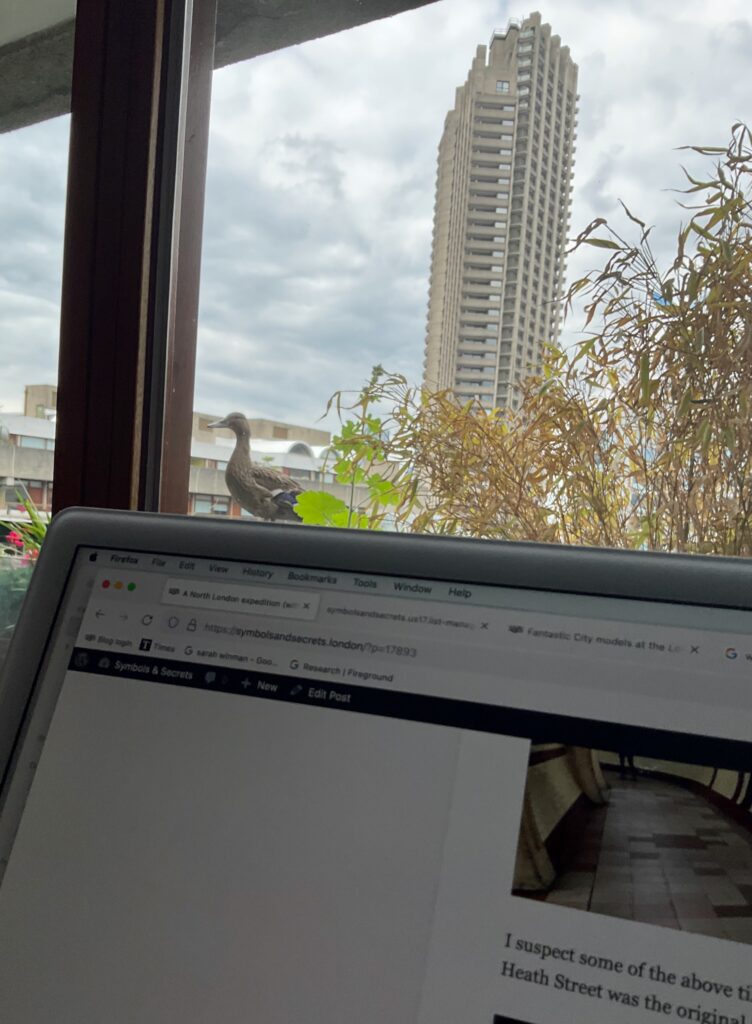
Remember you can follow me on Instagram …

